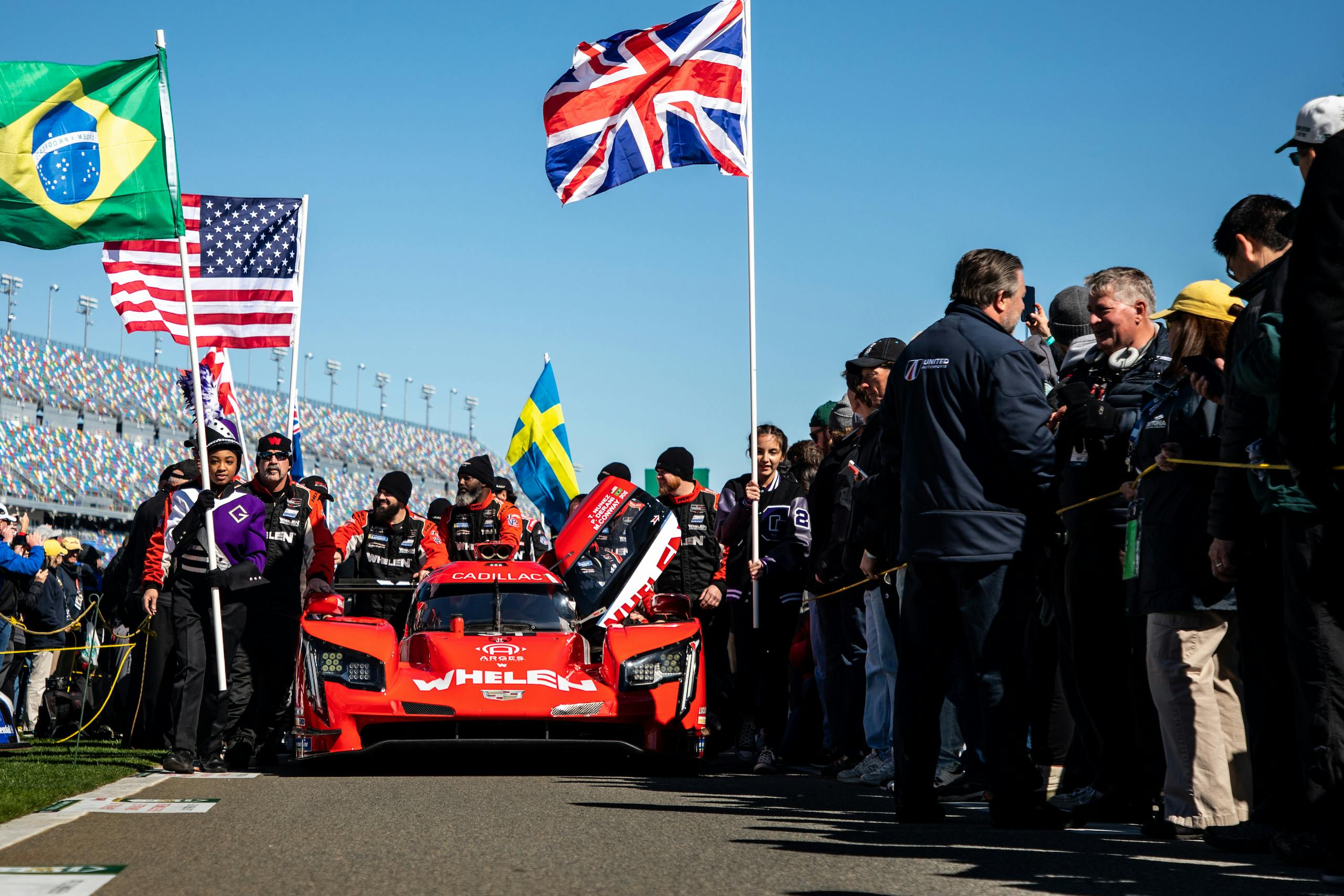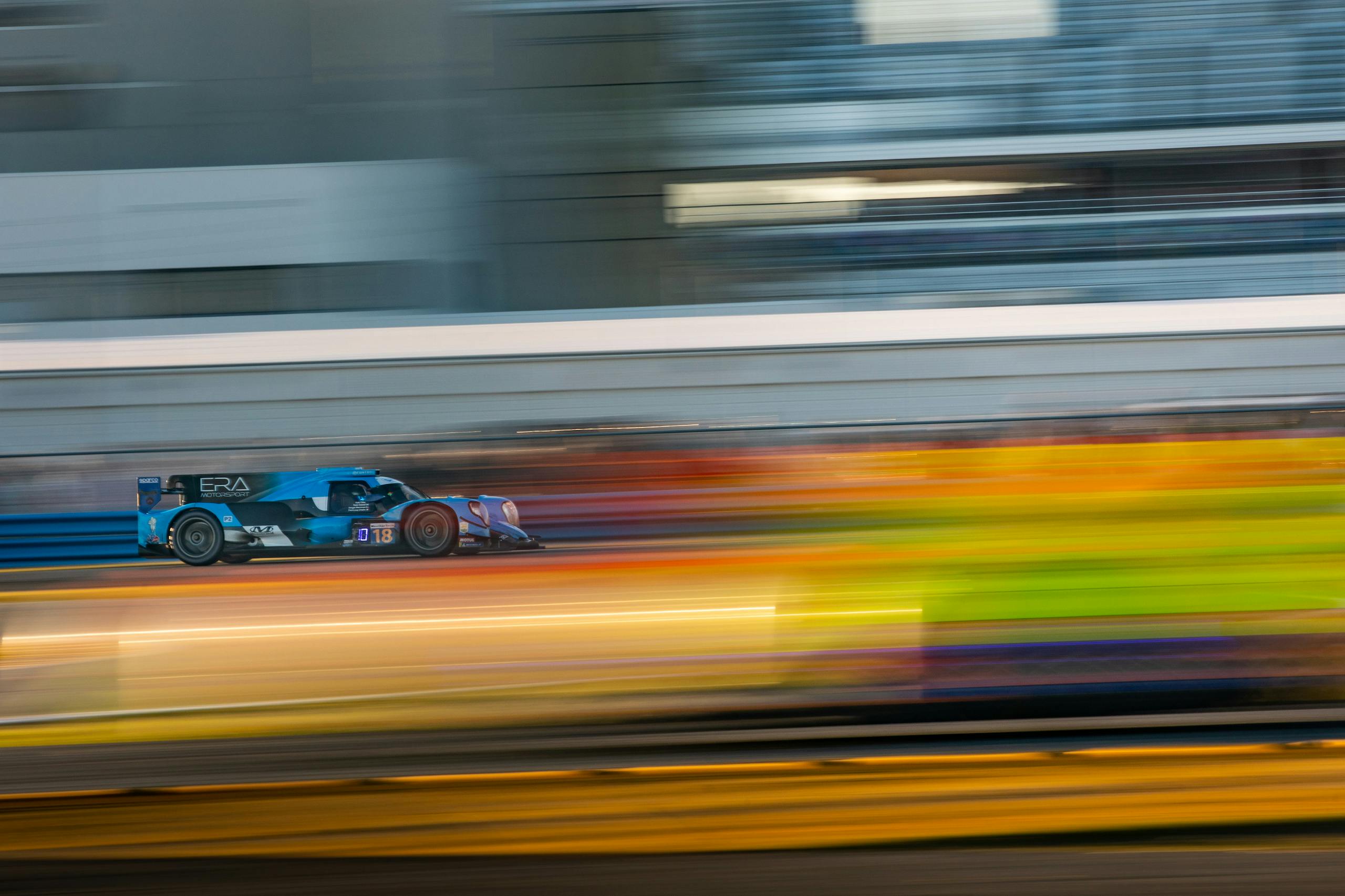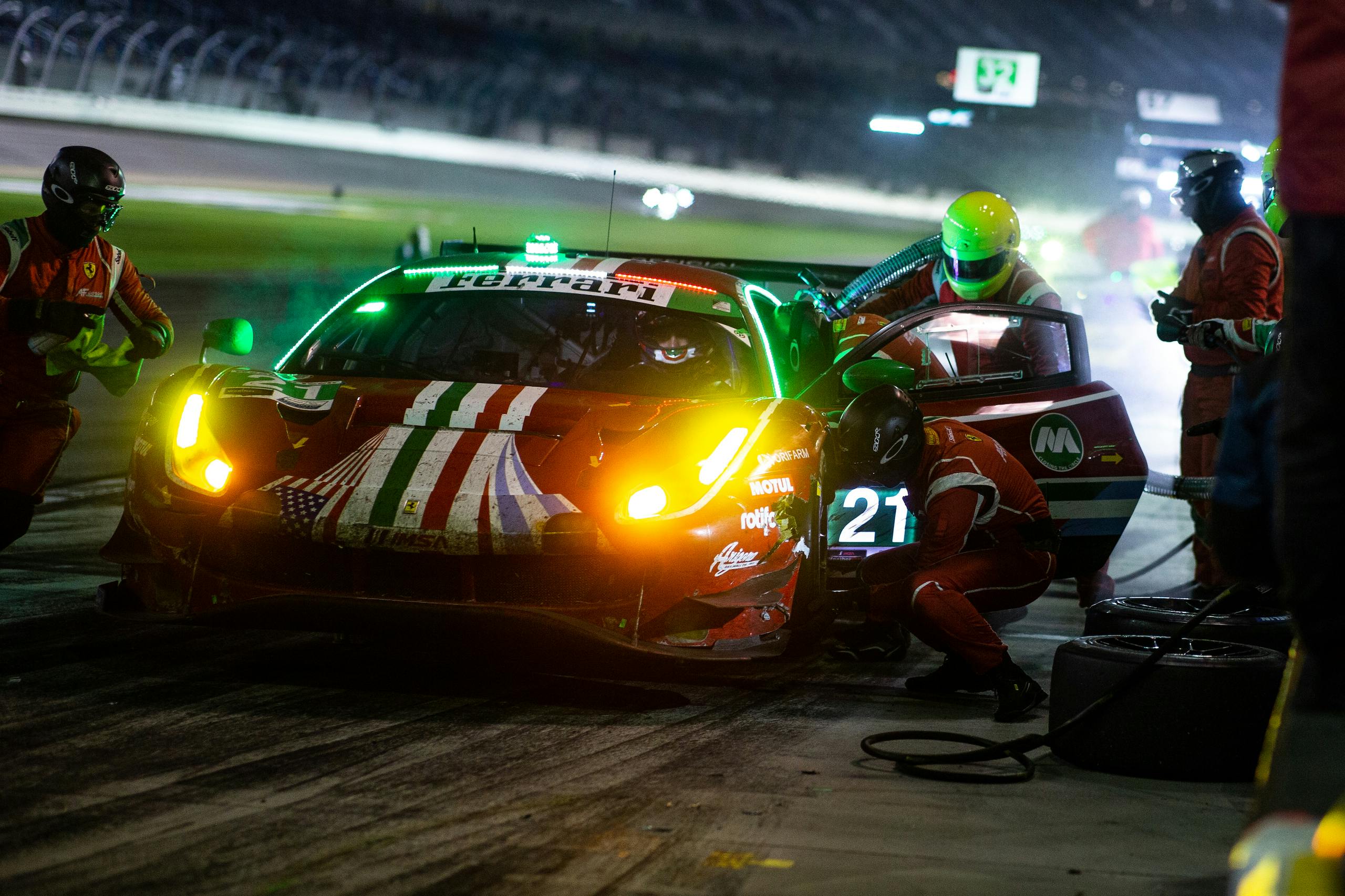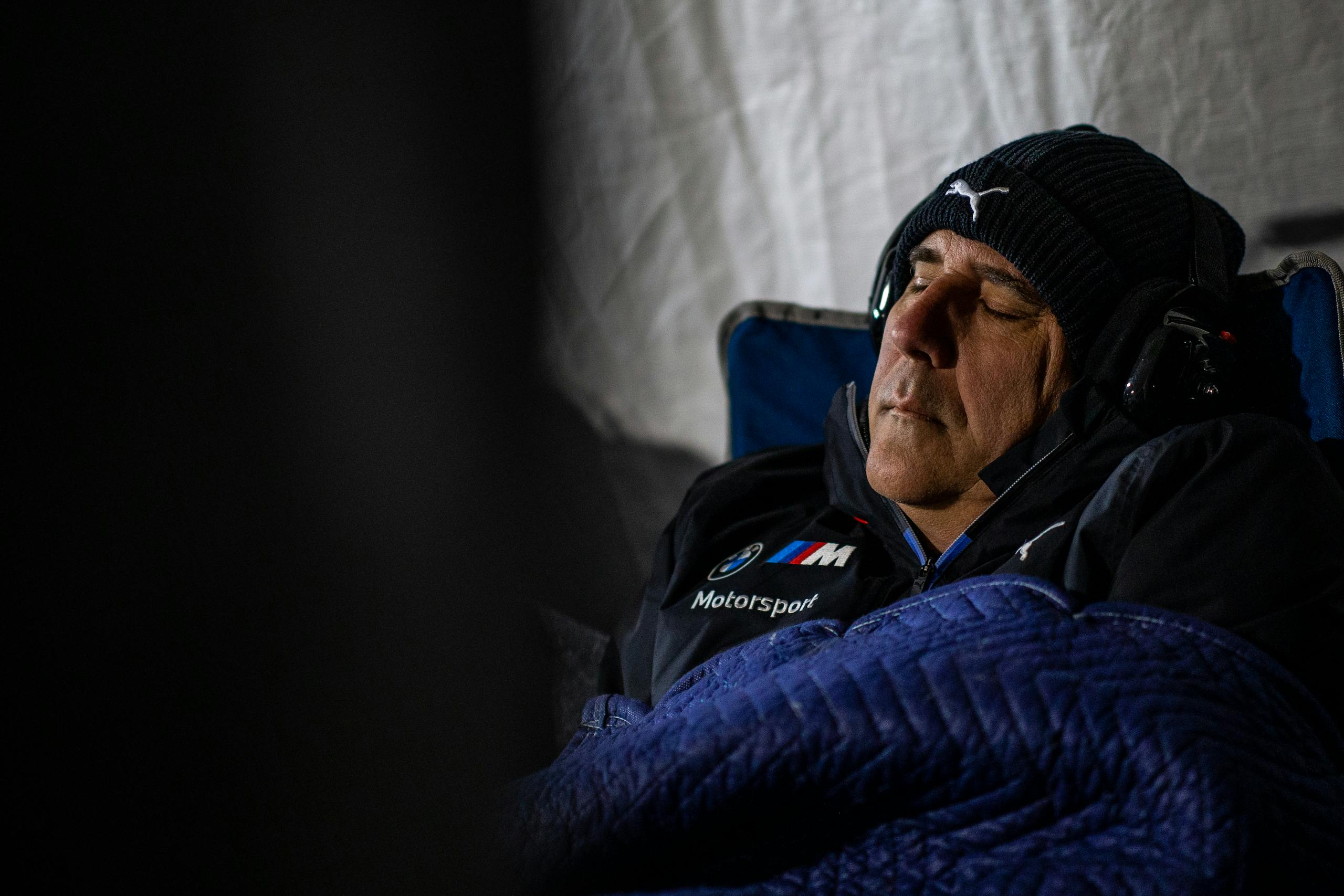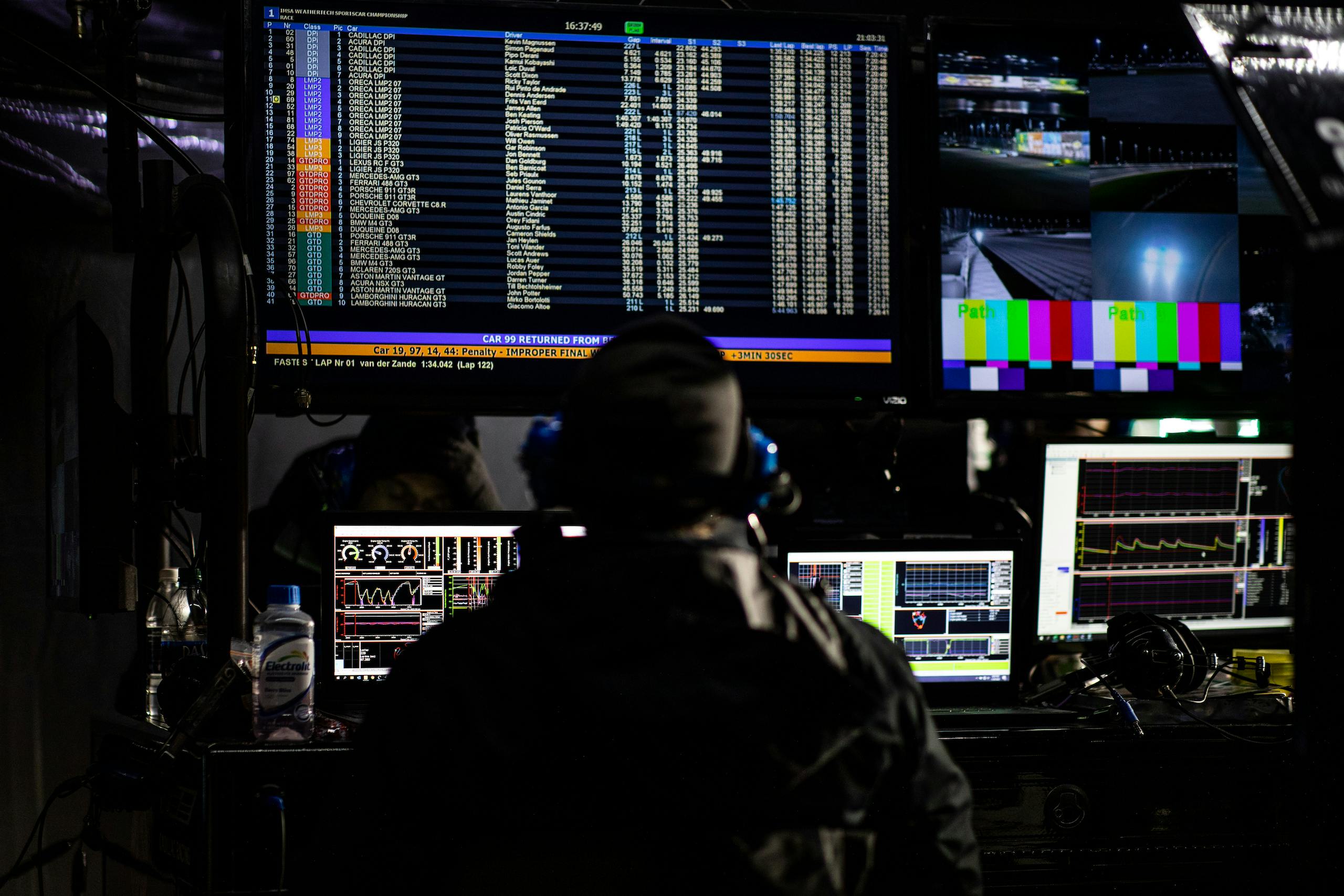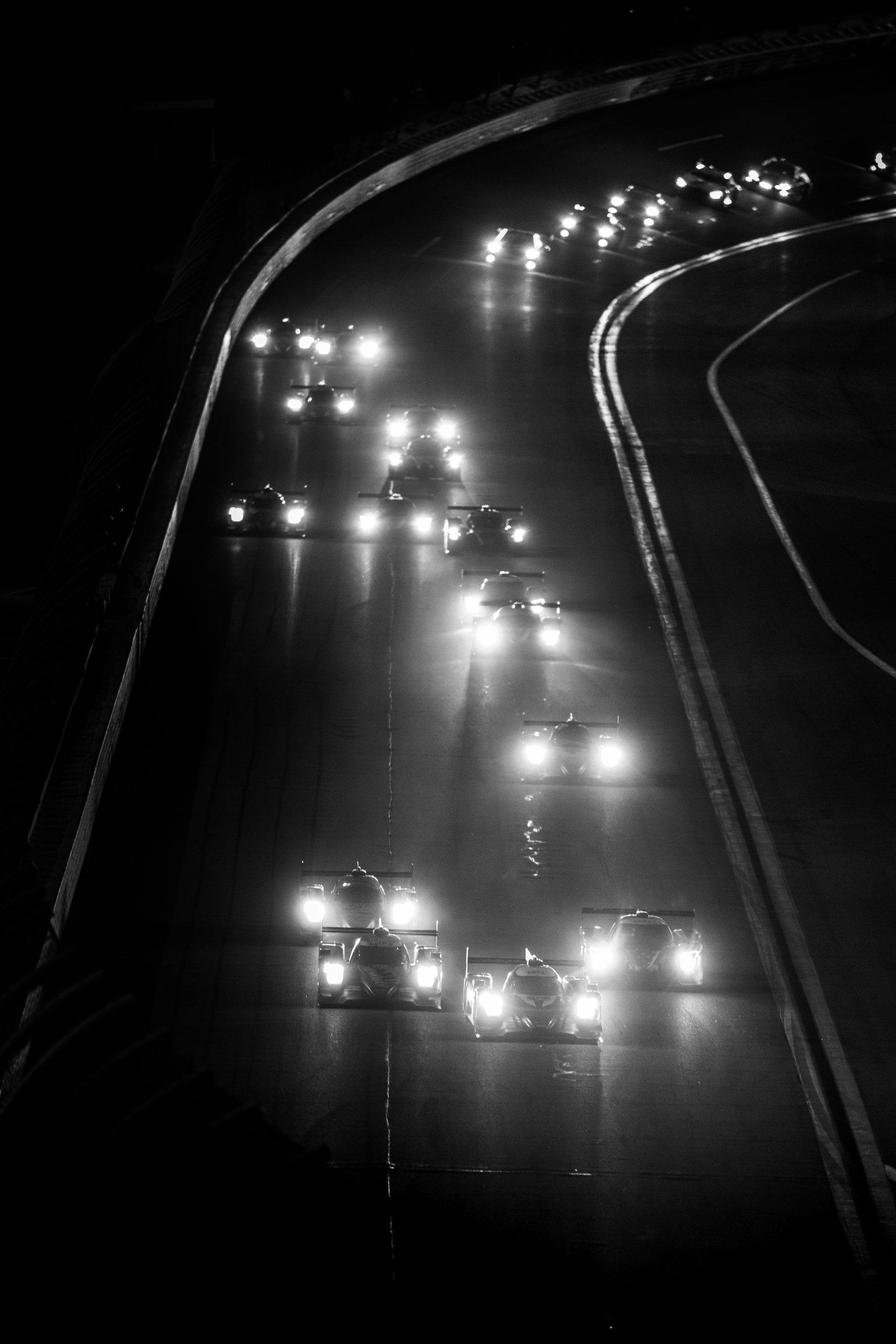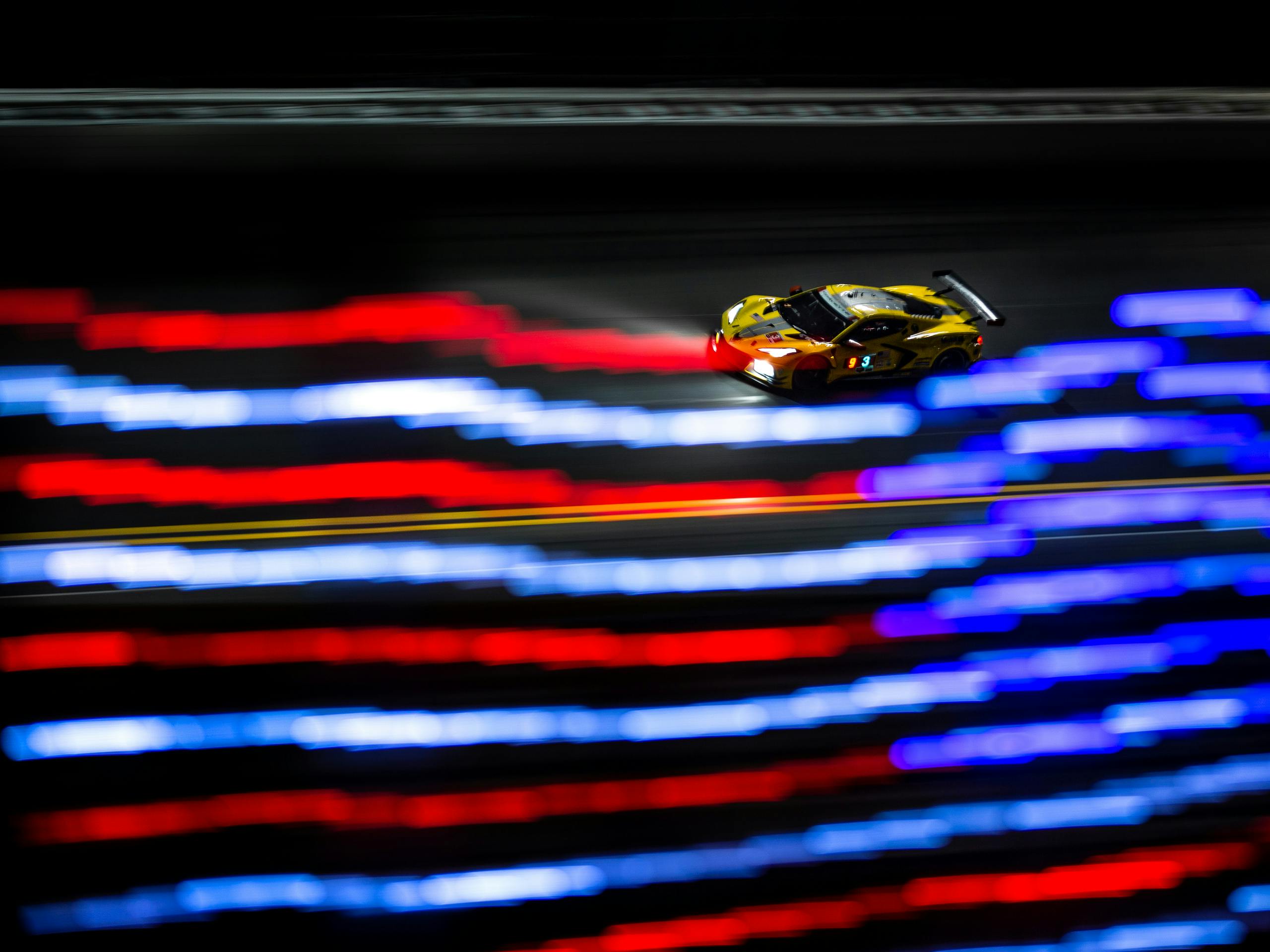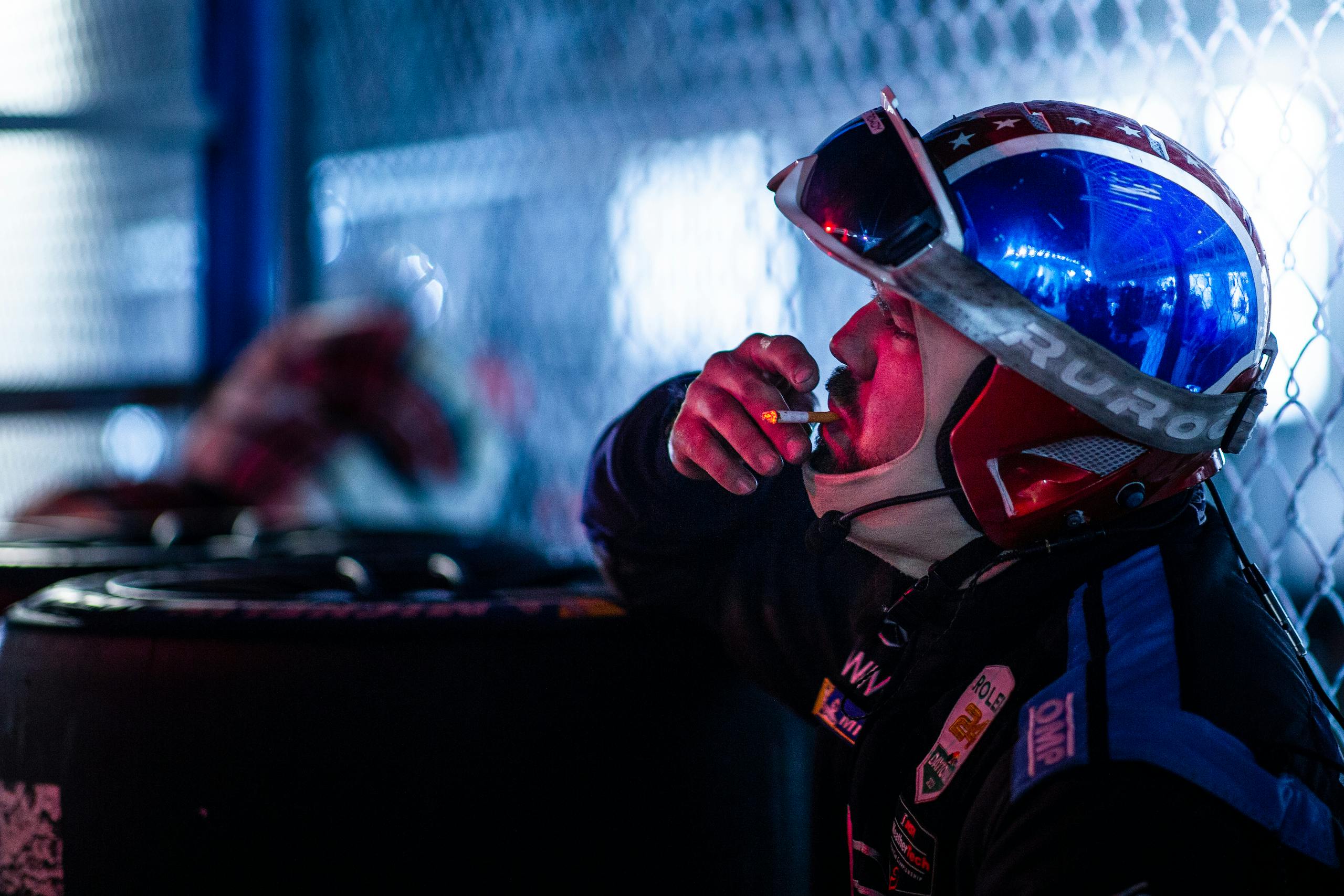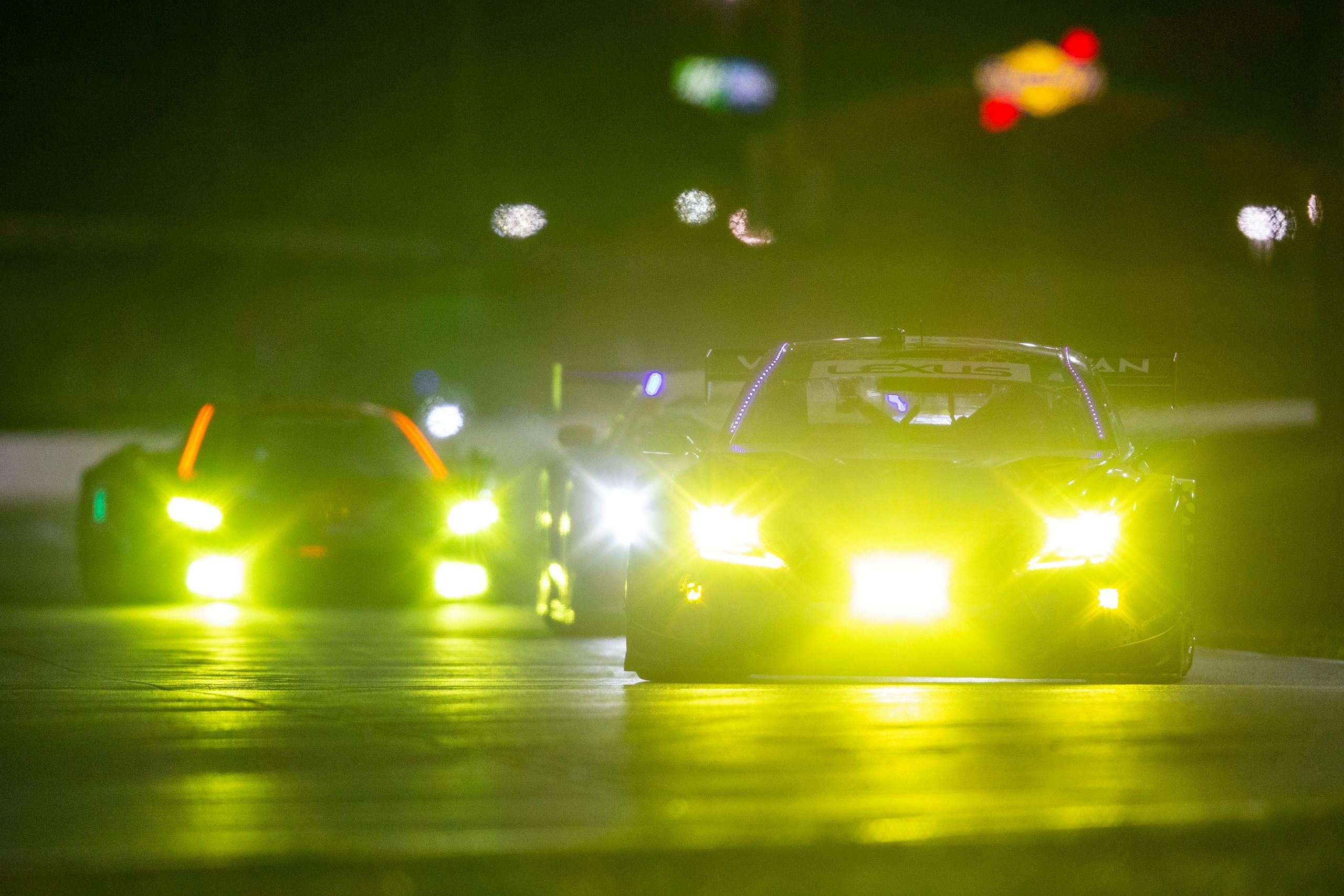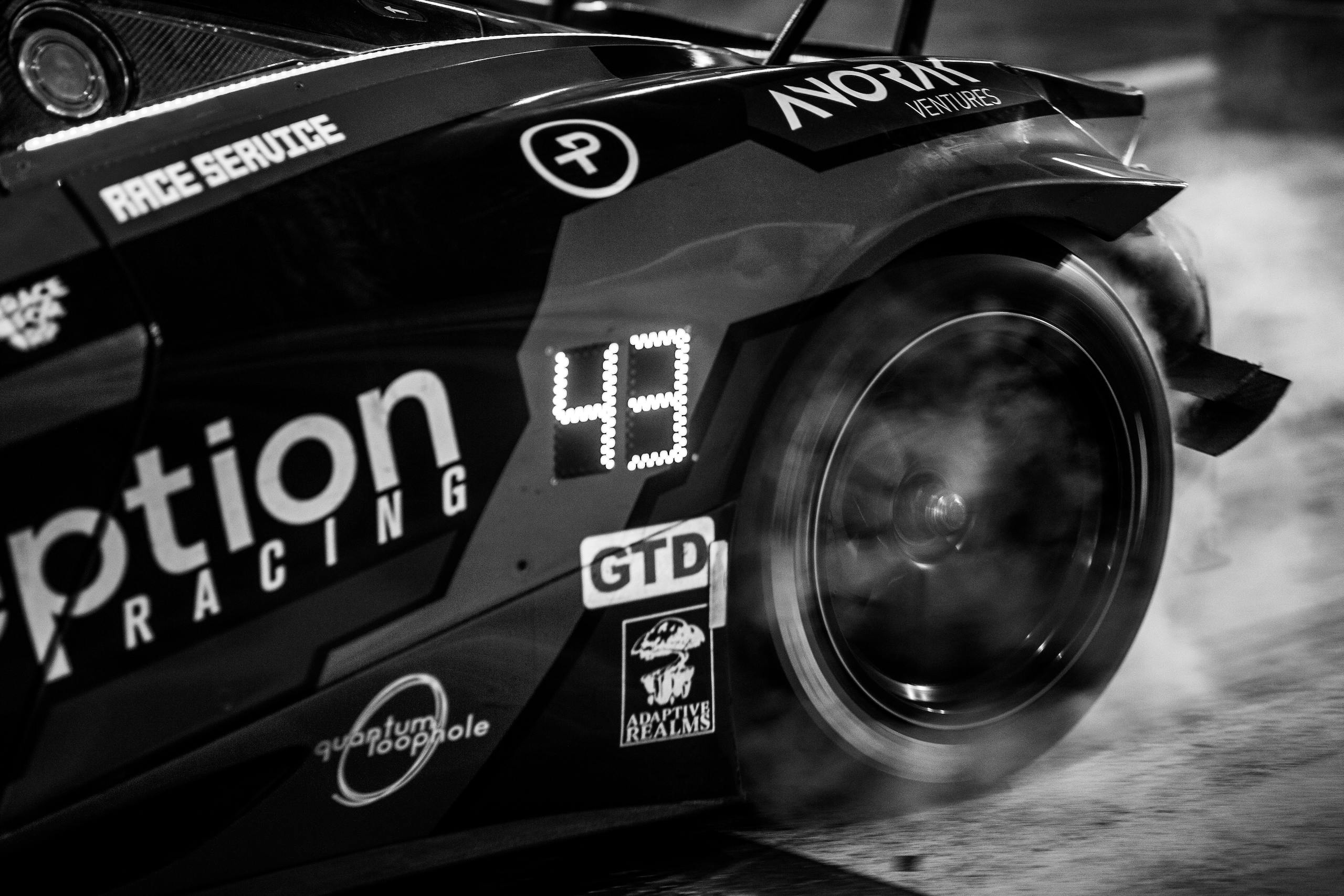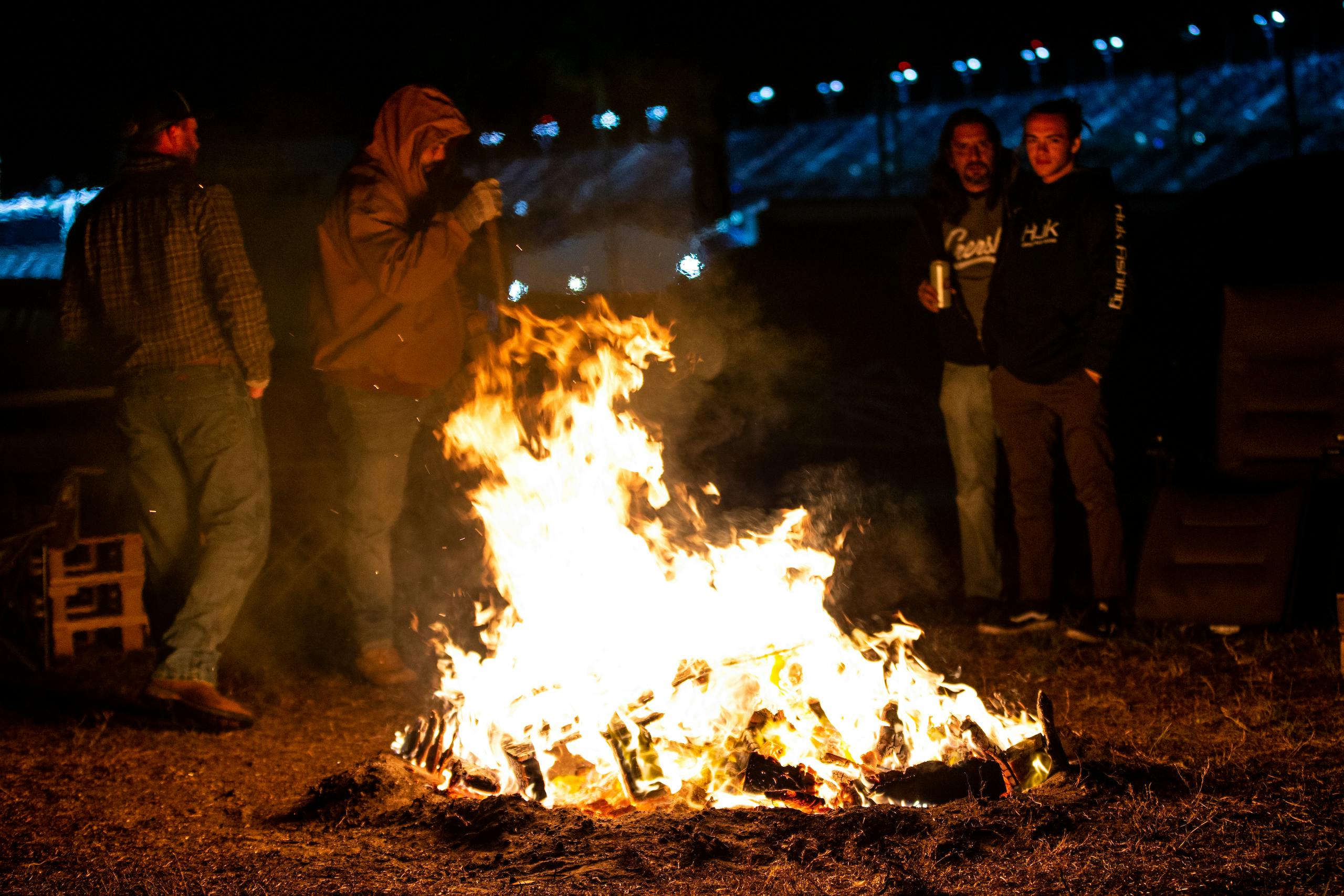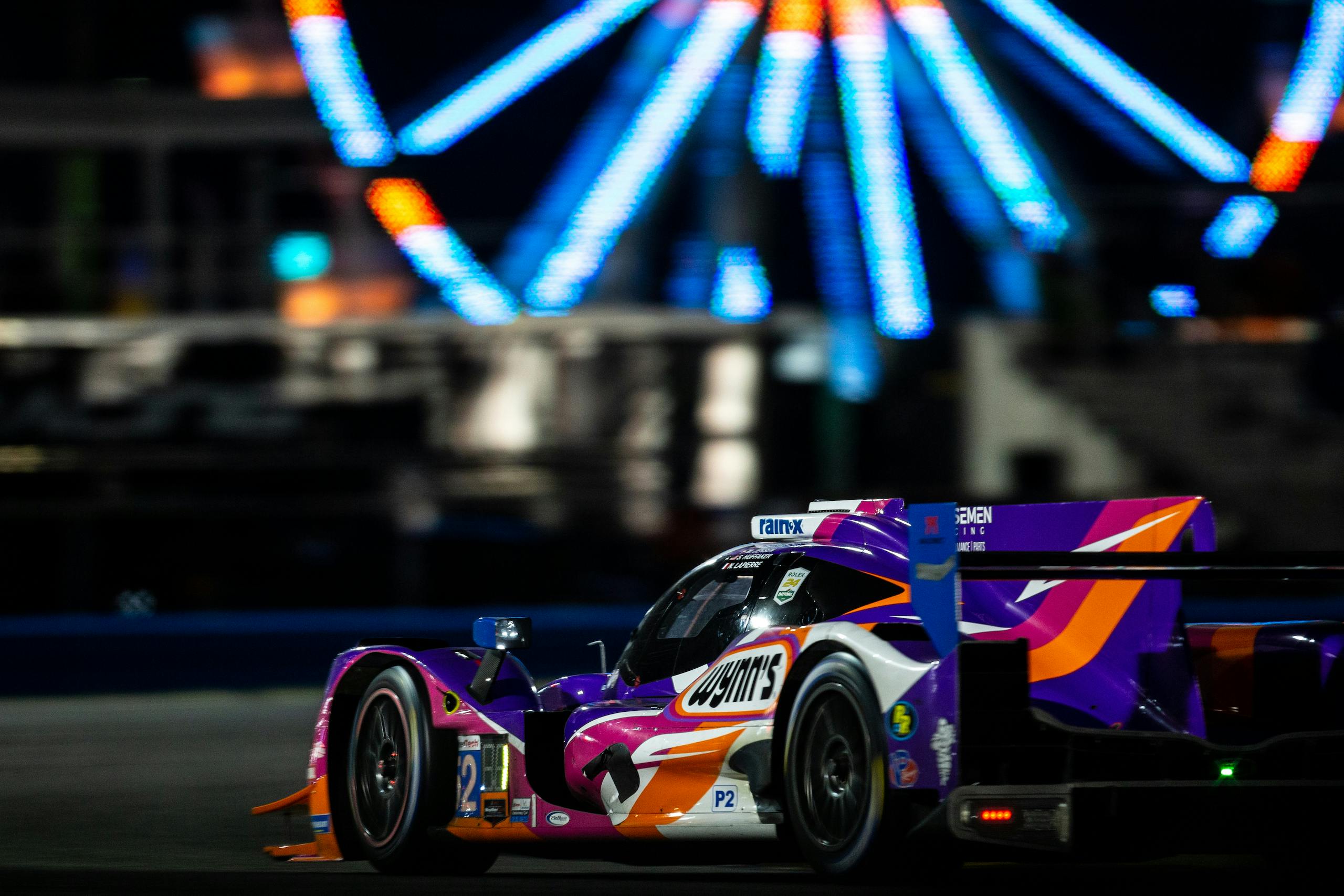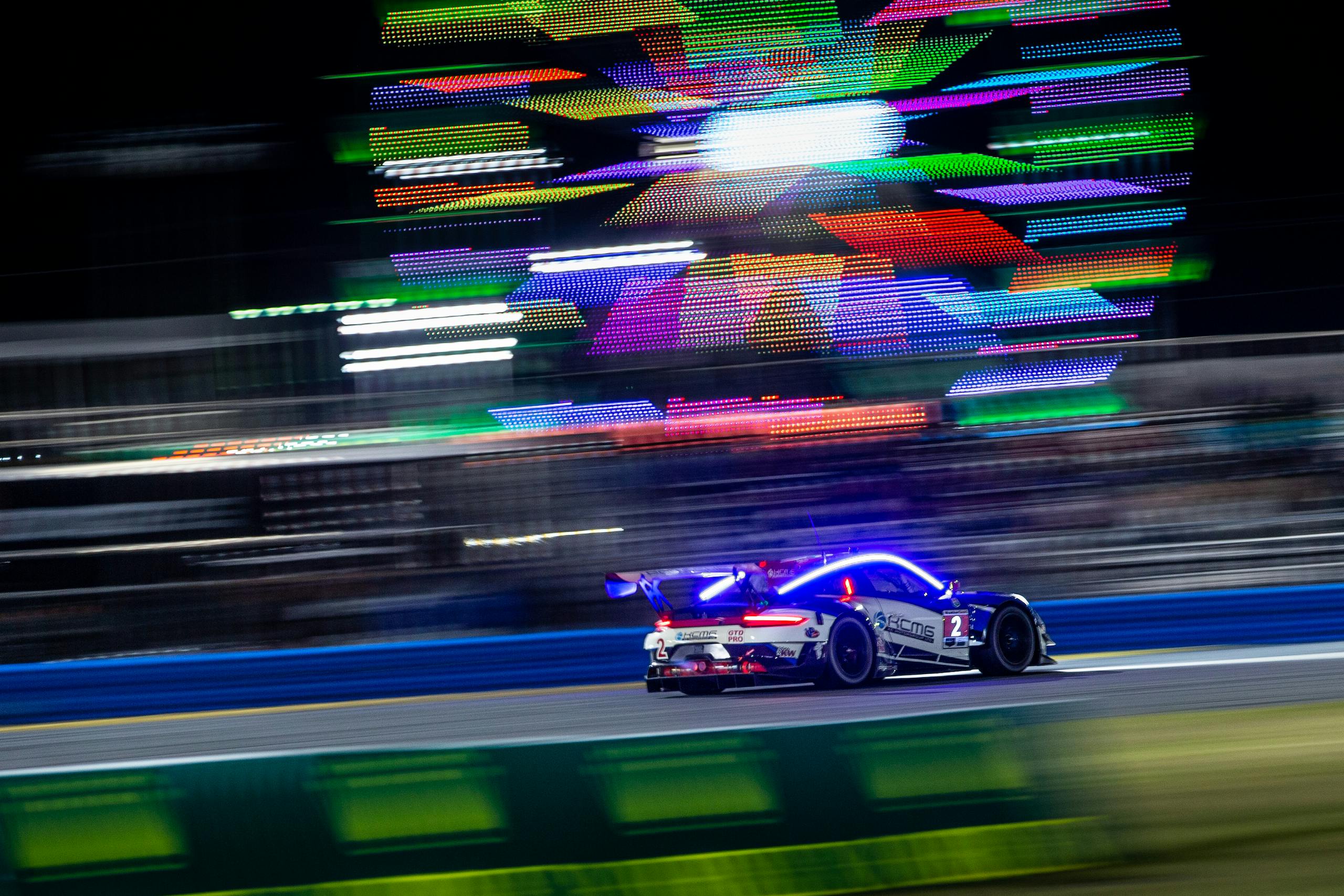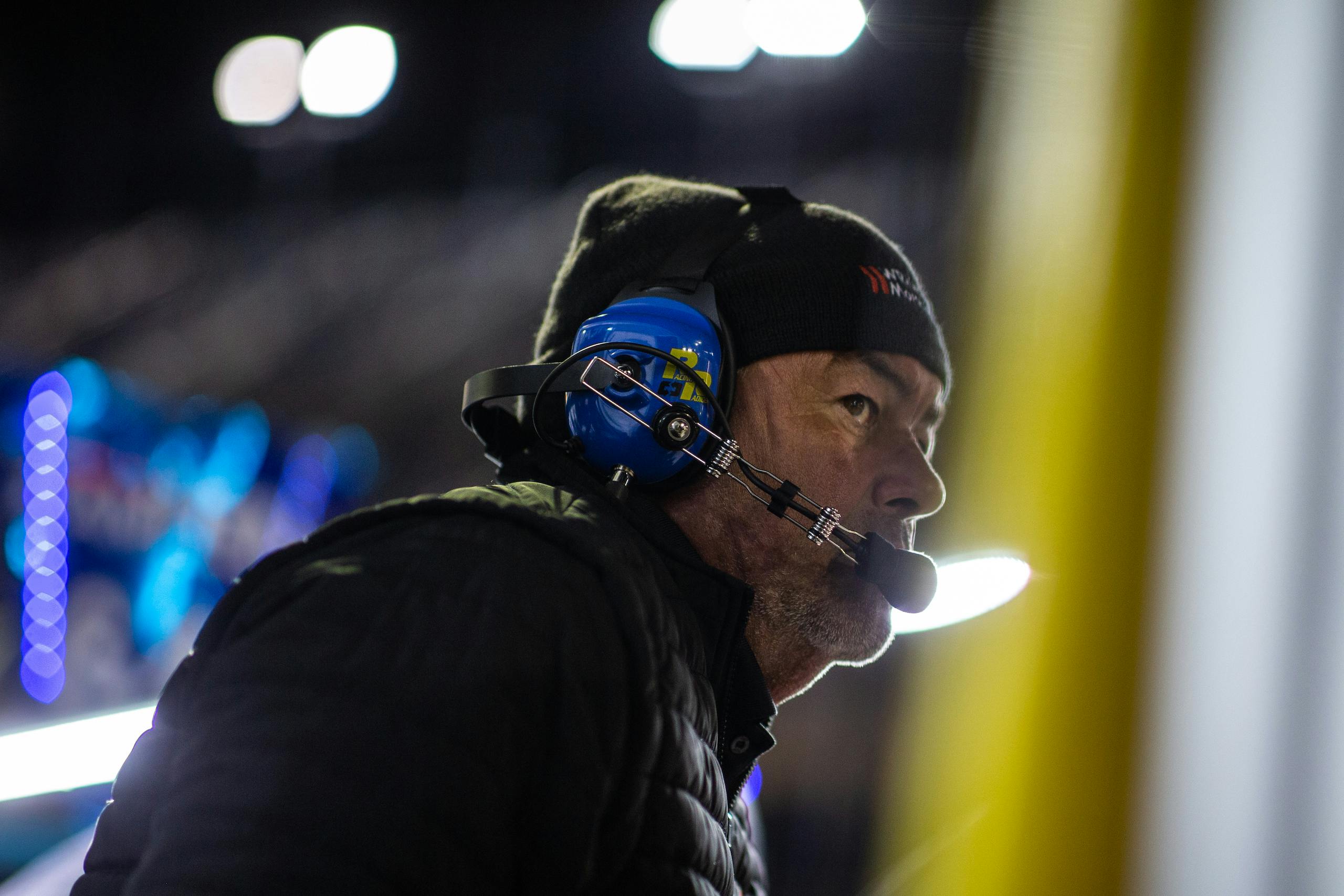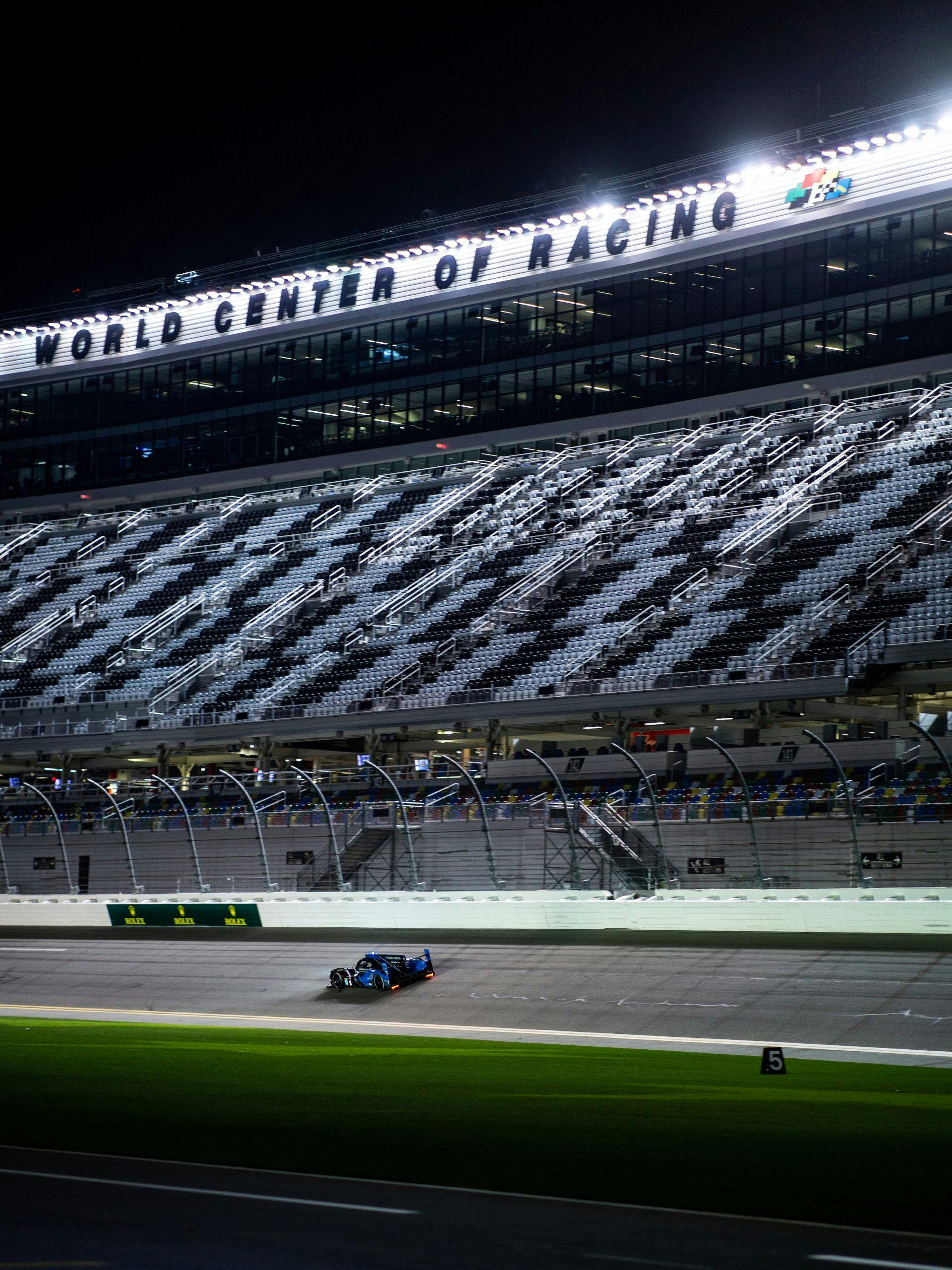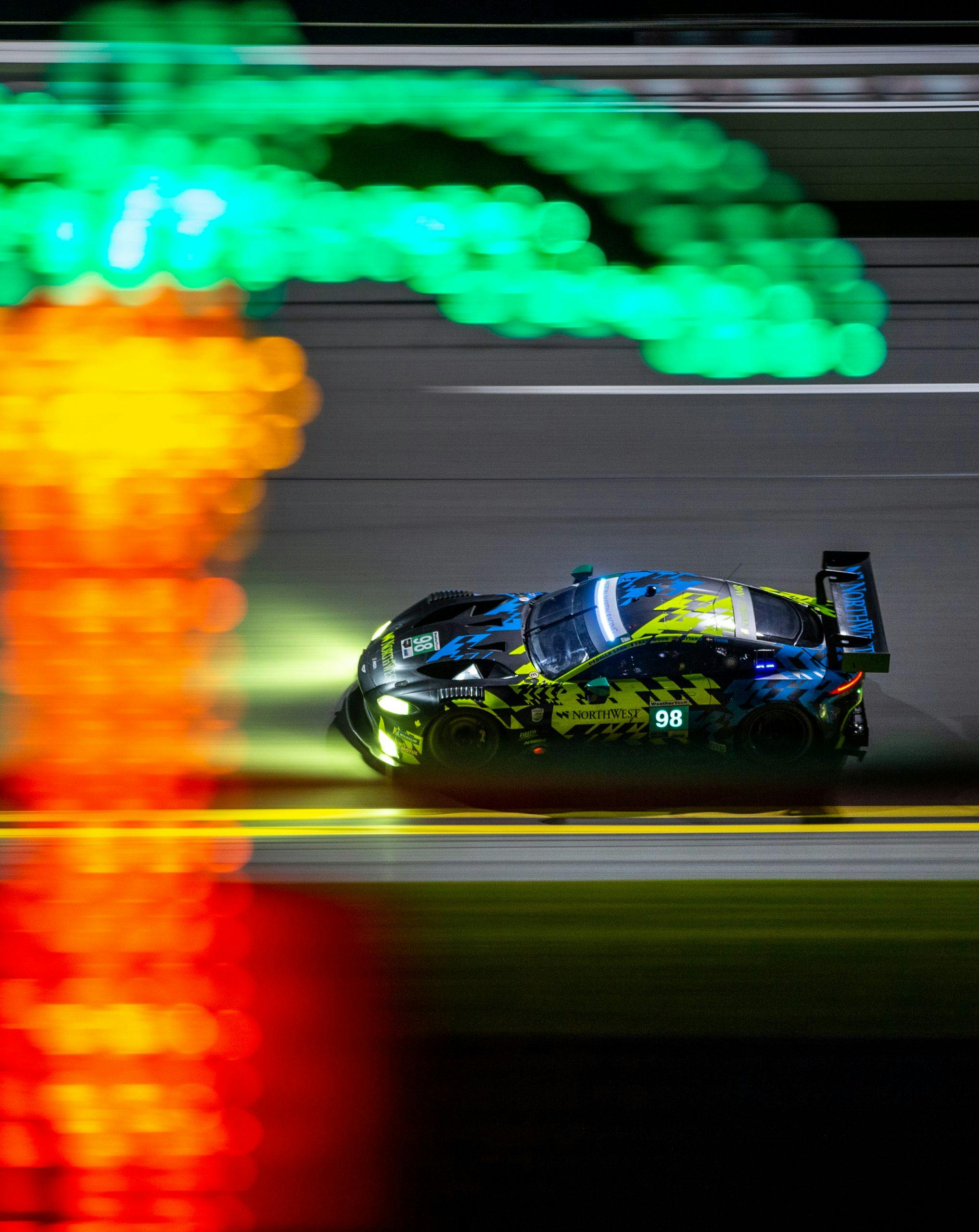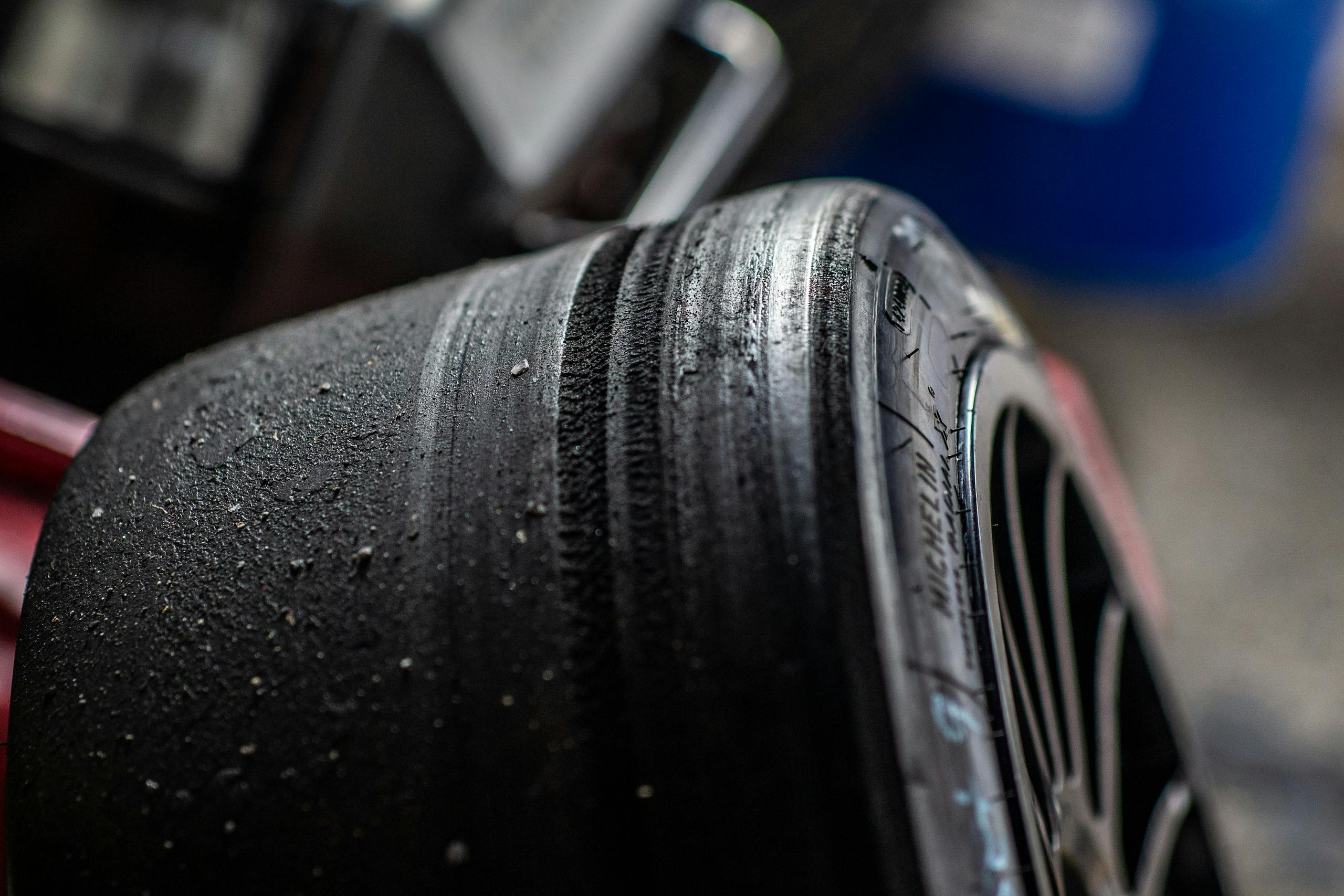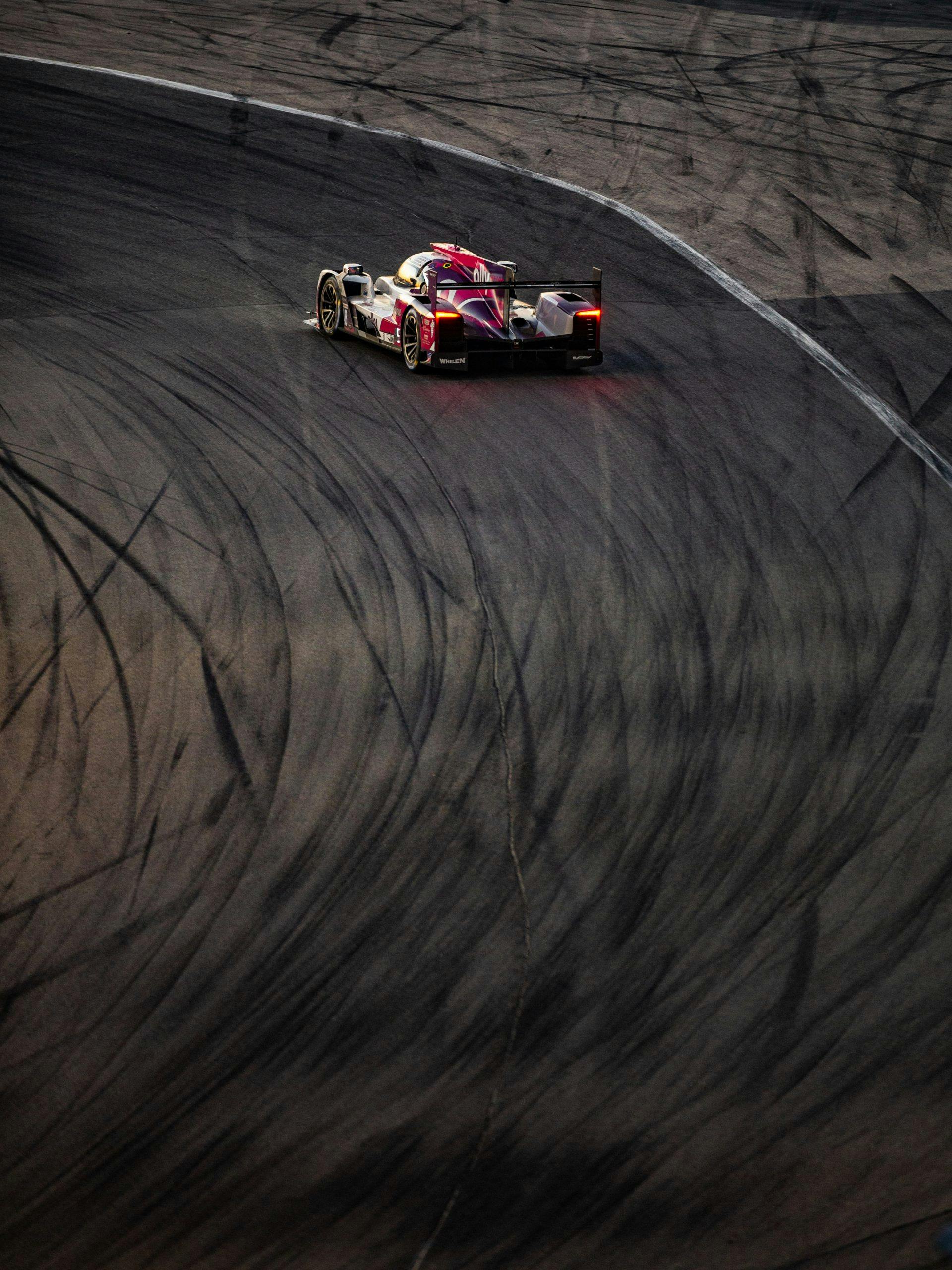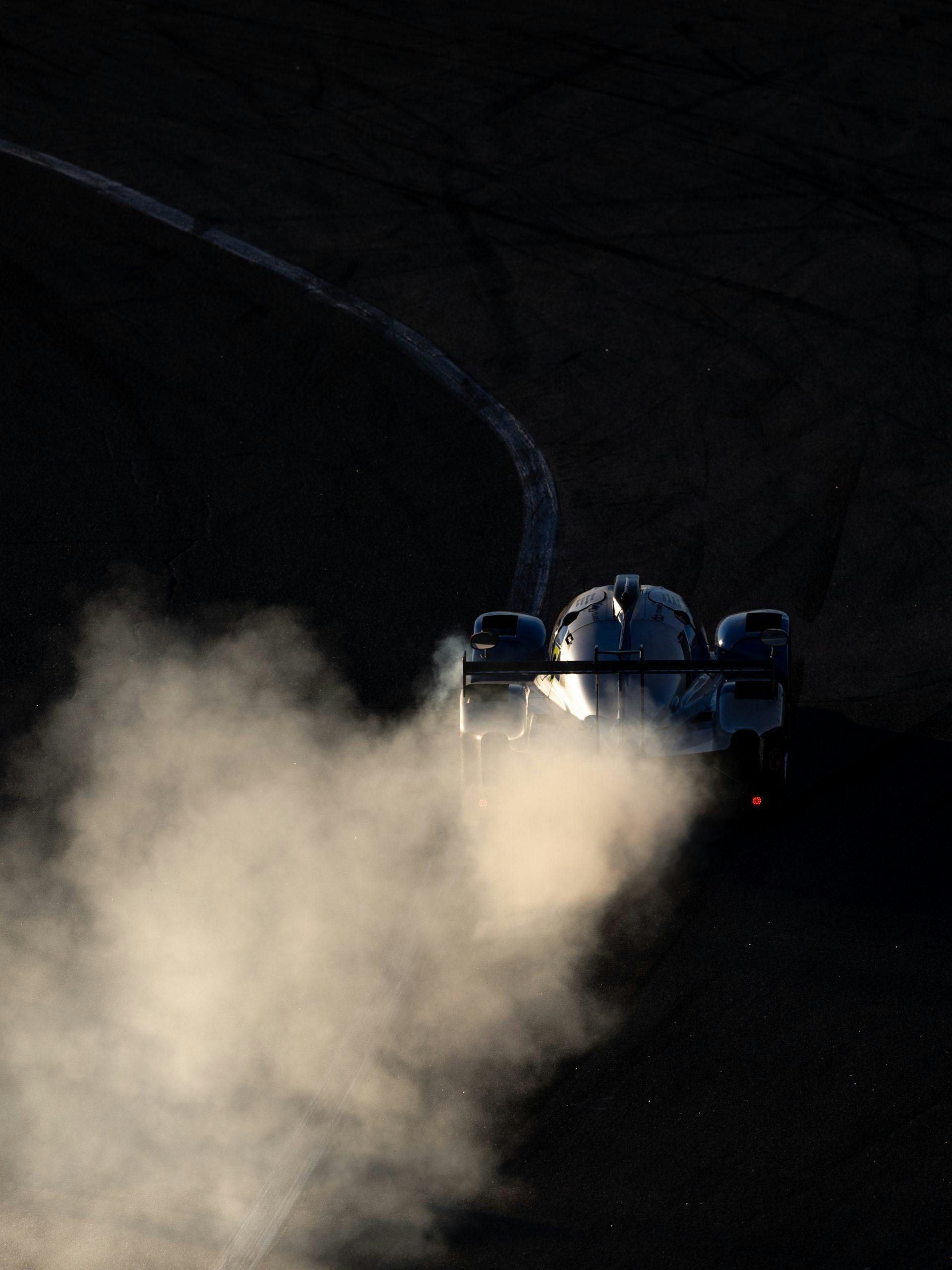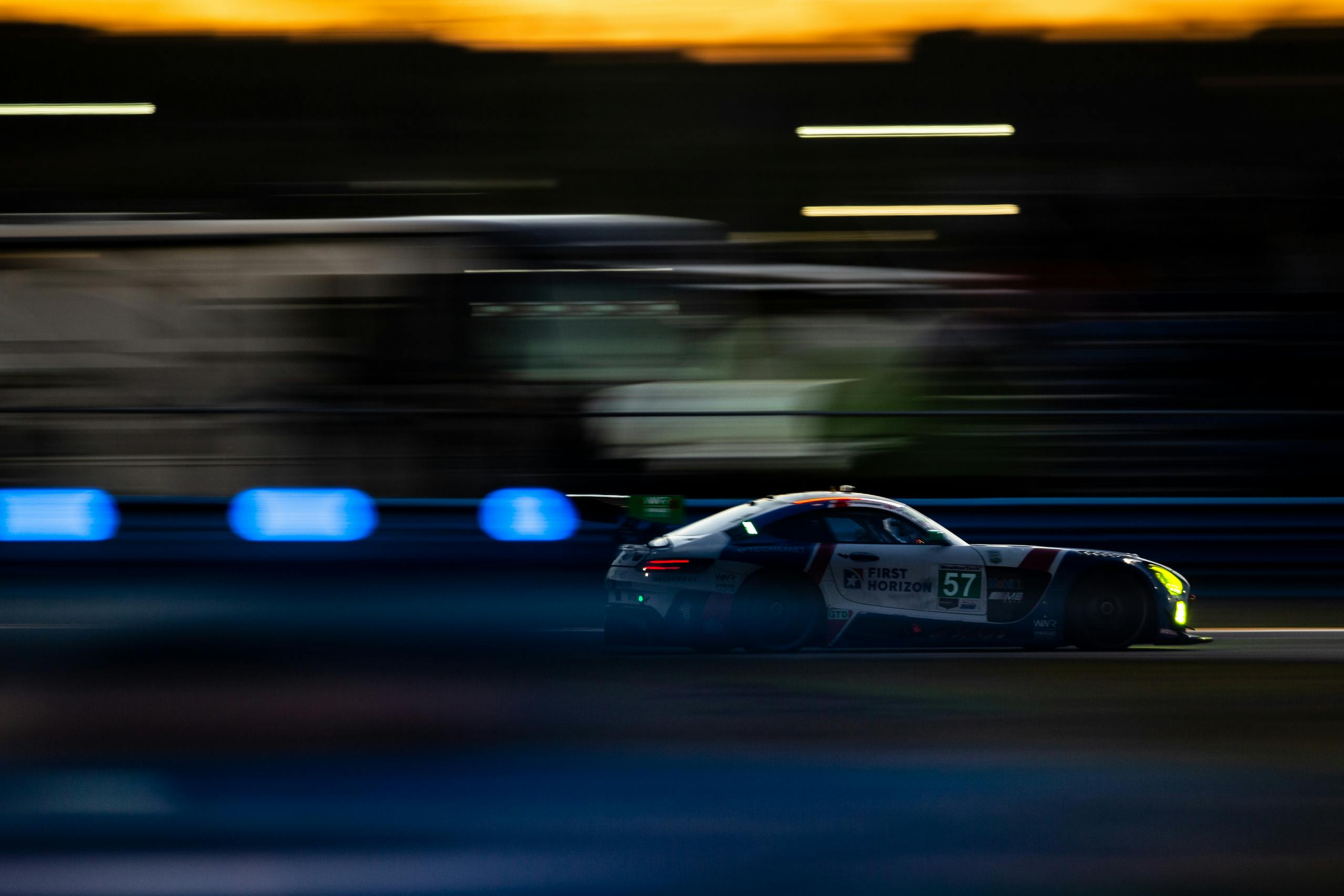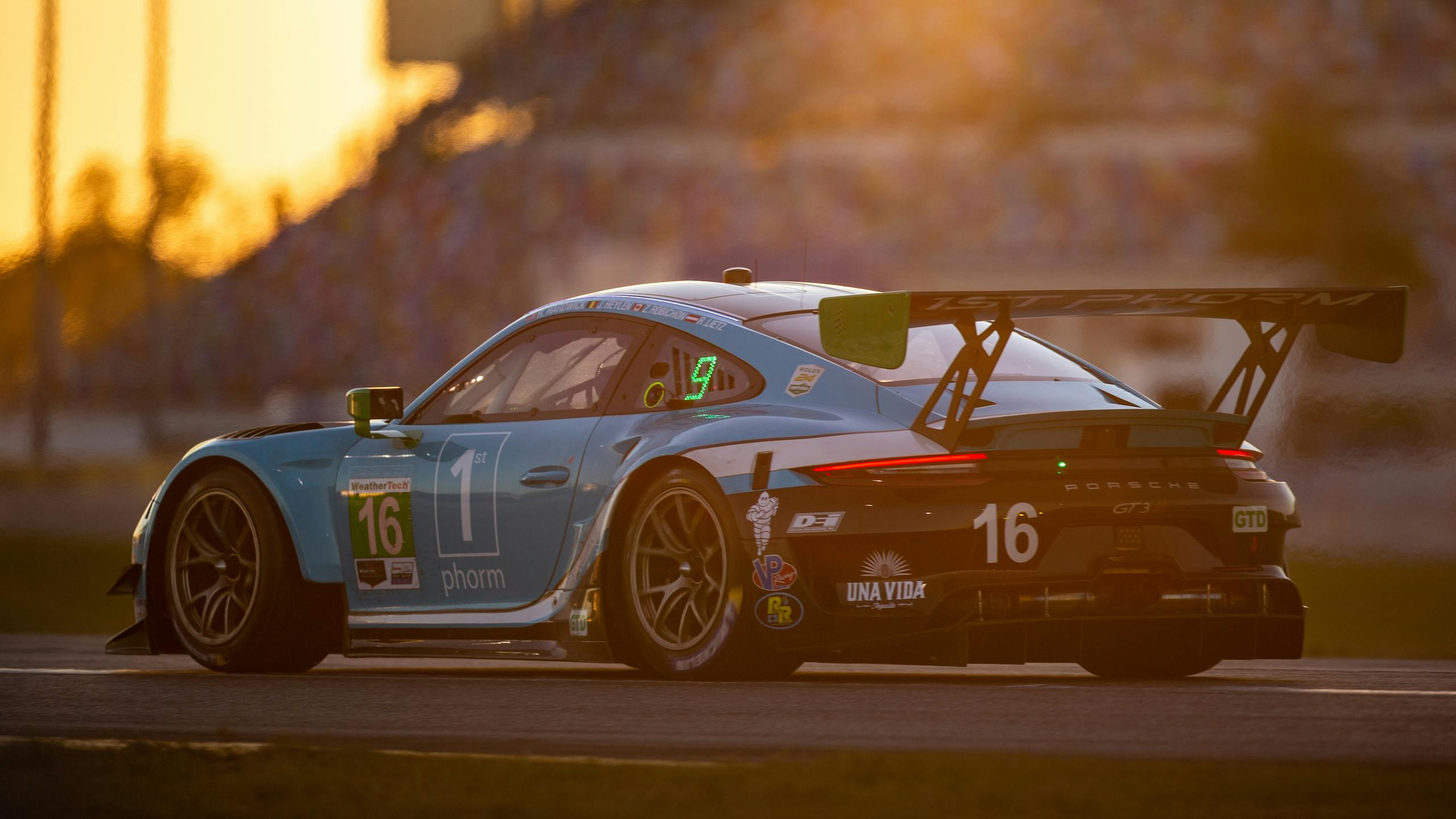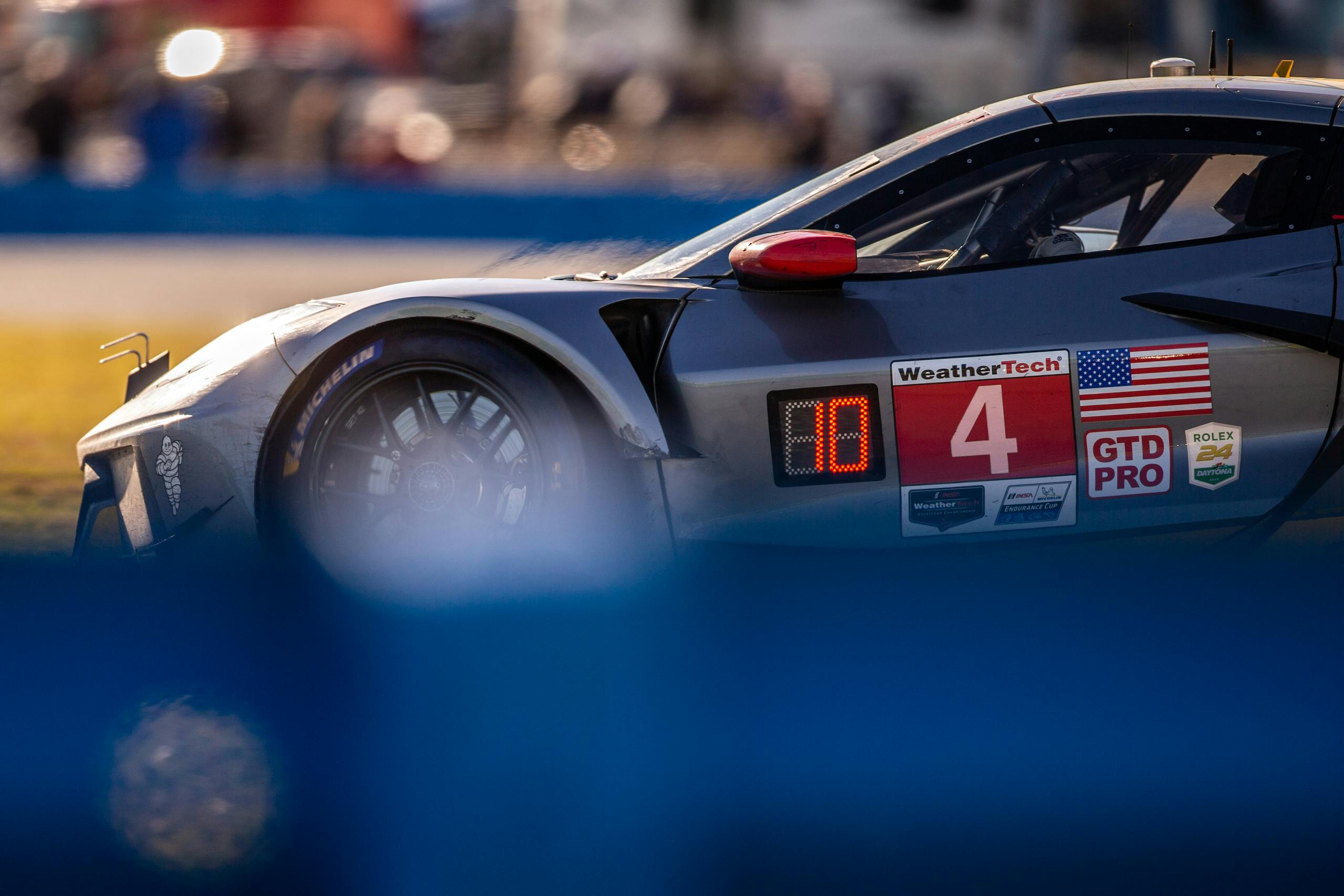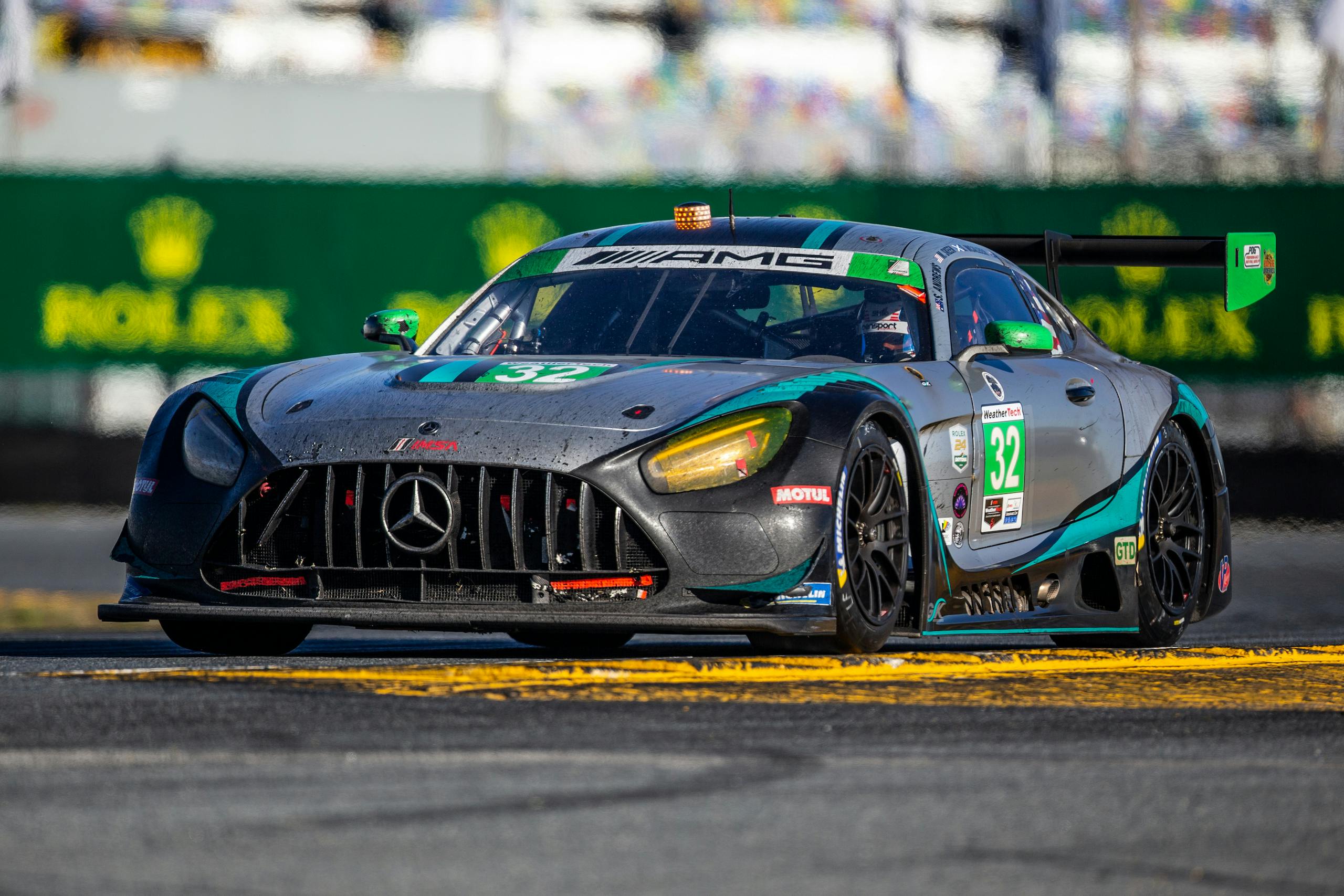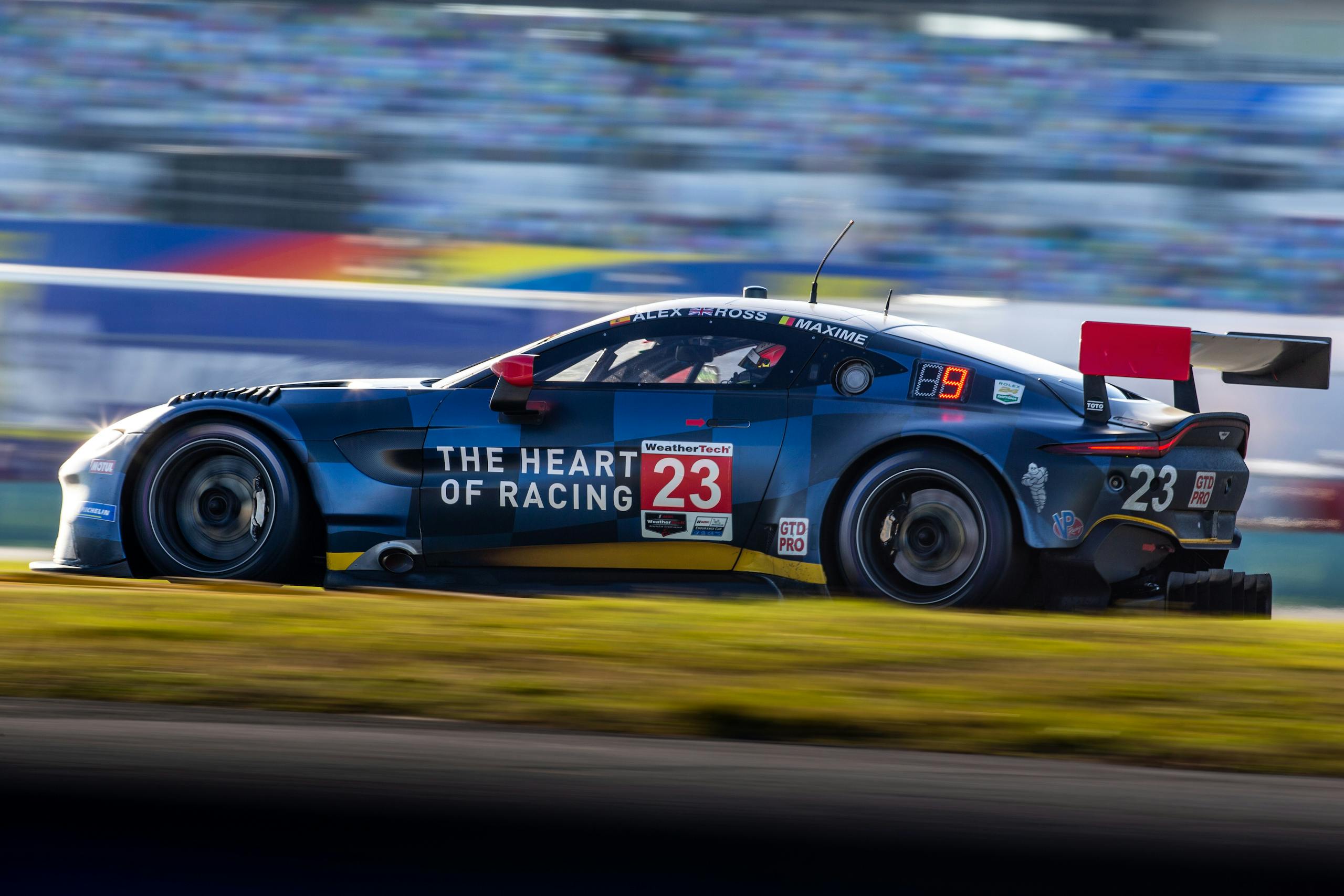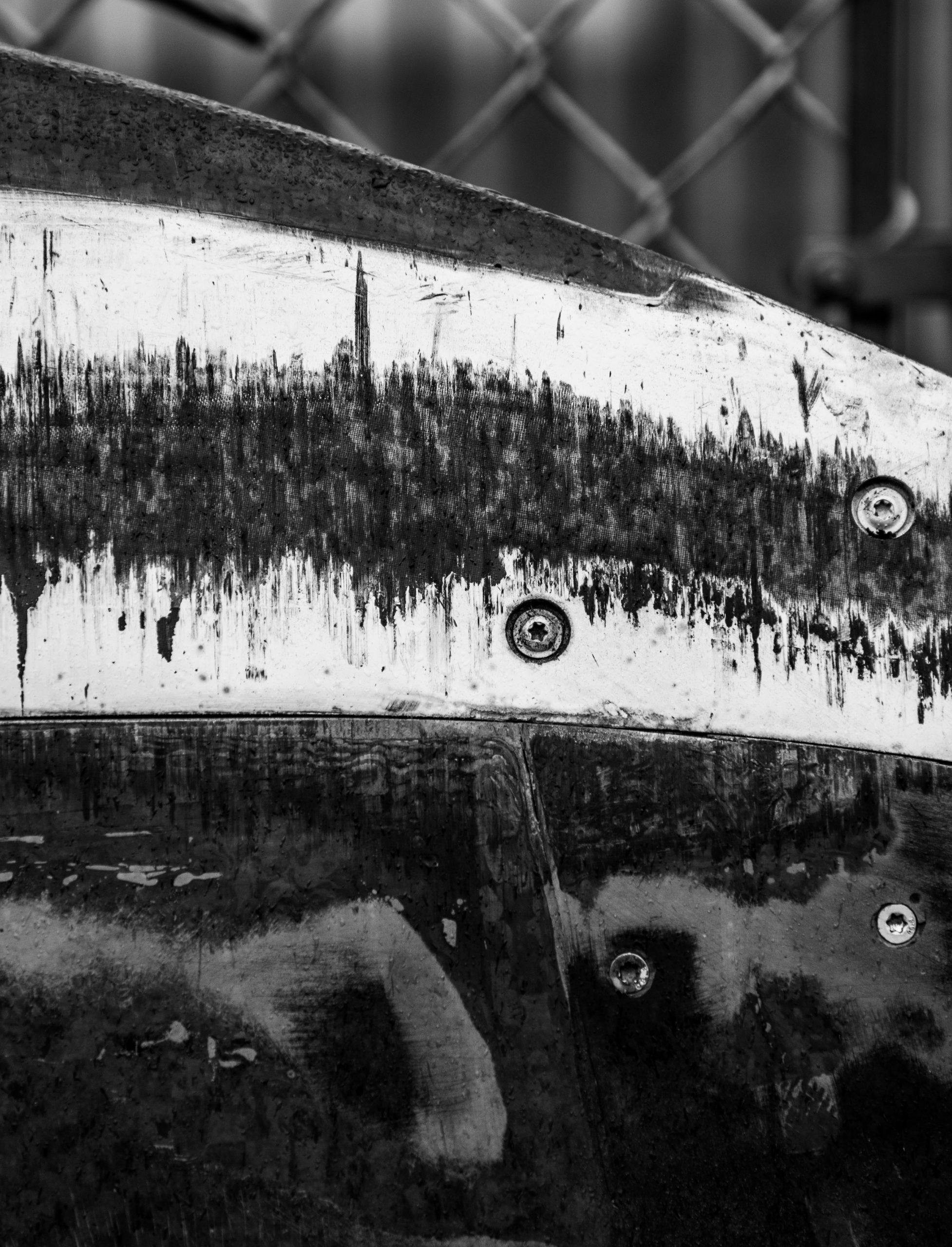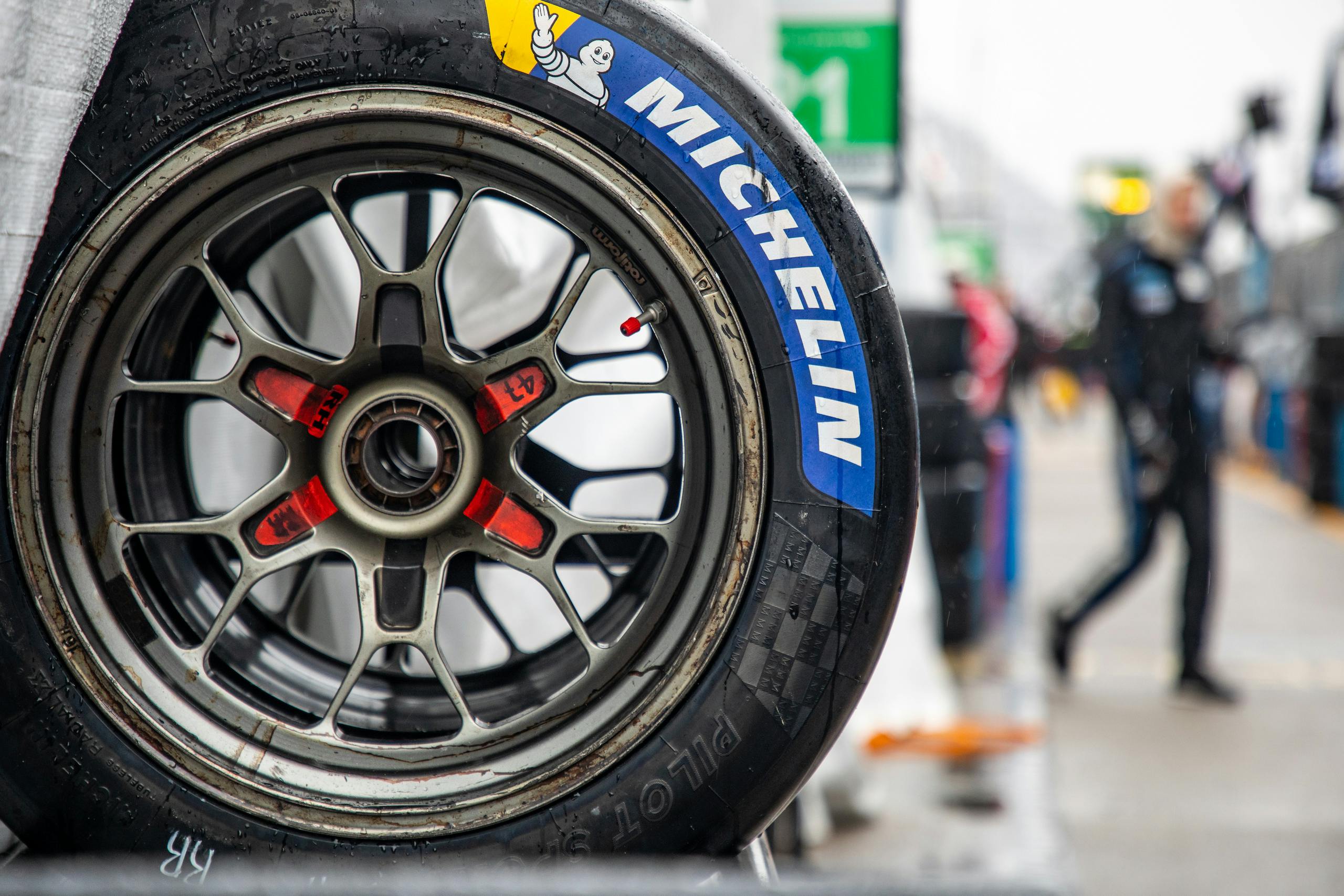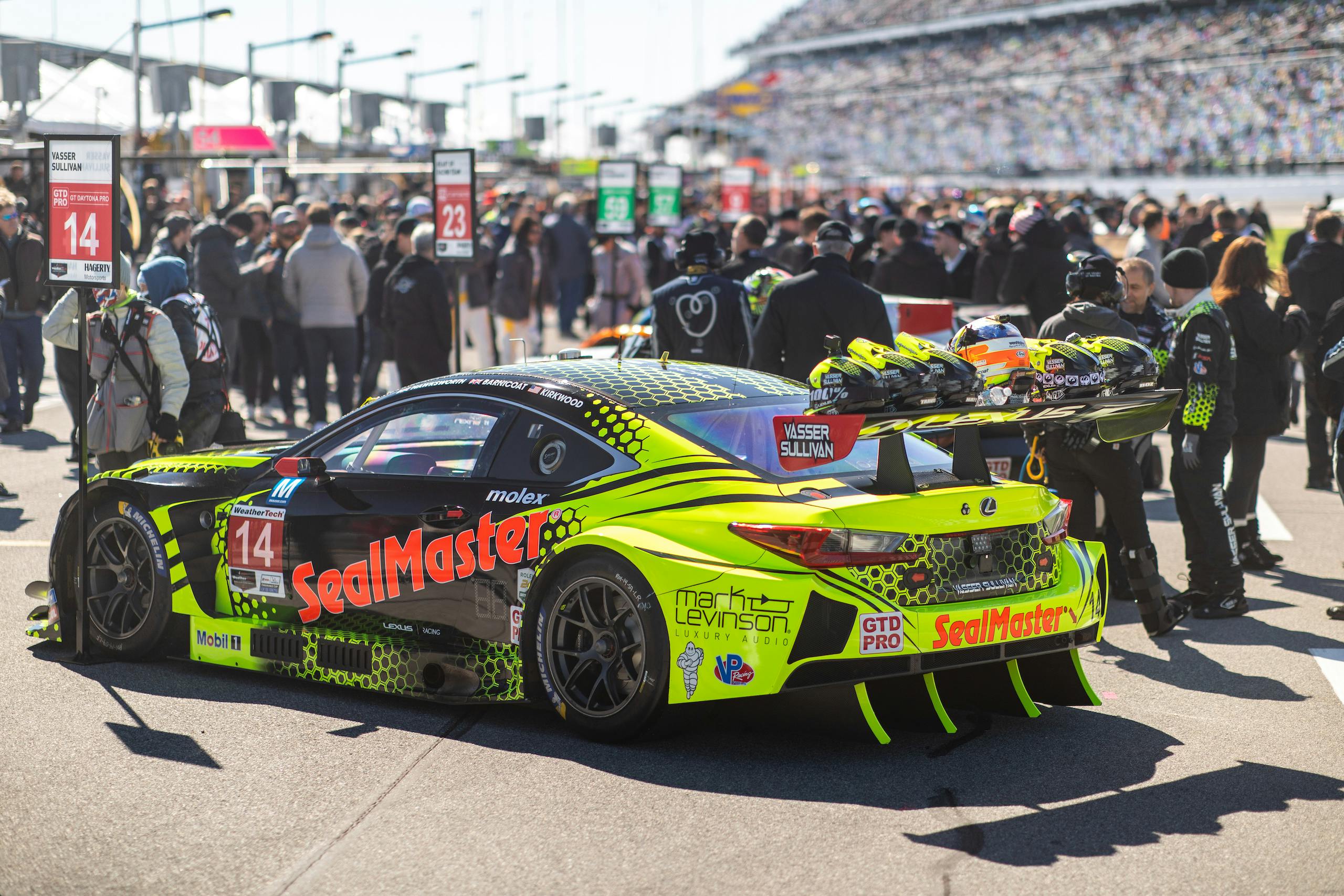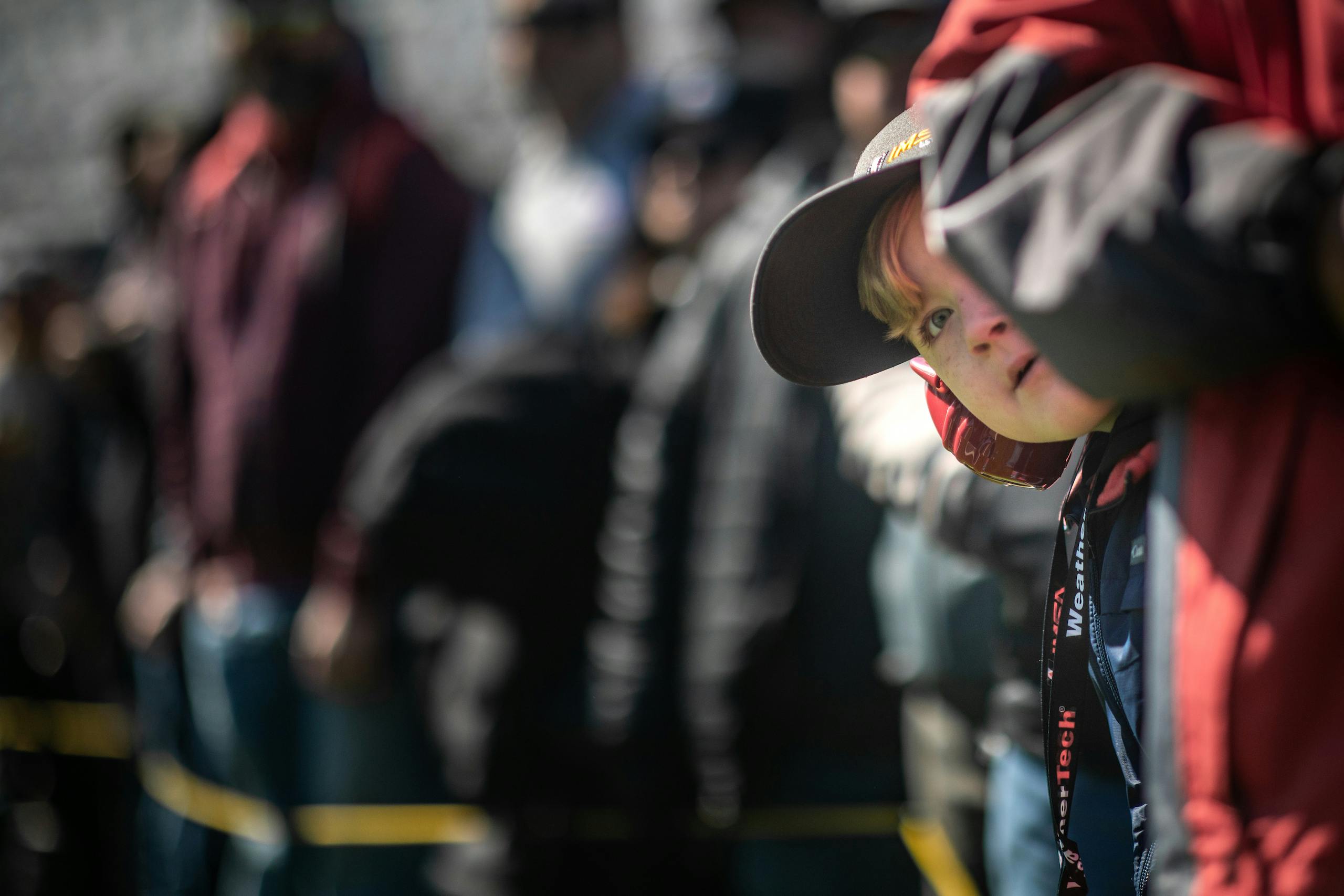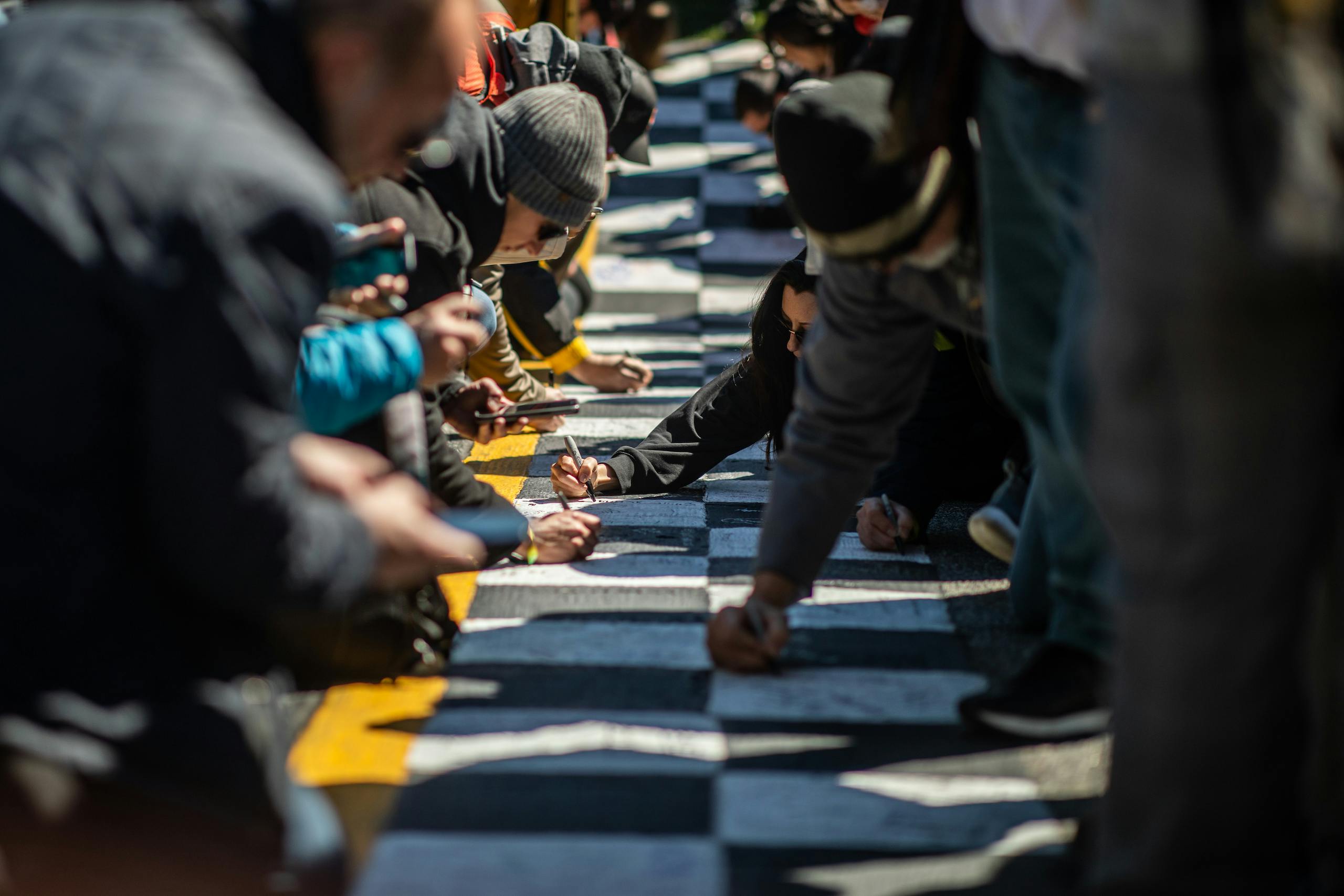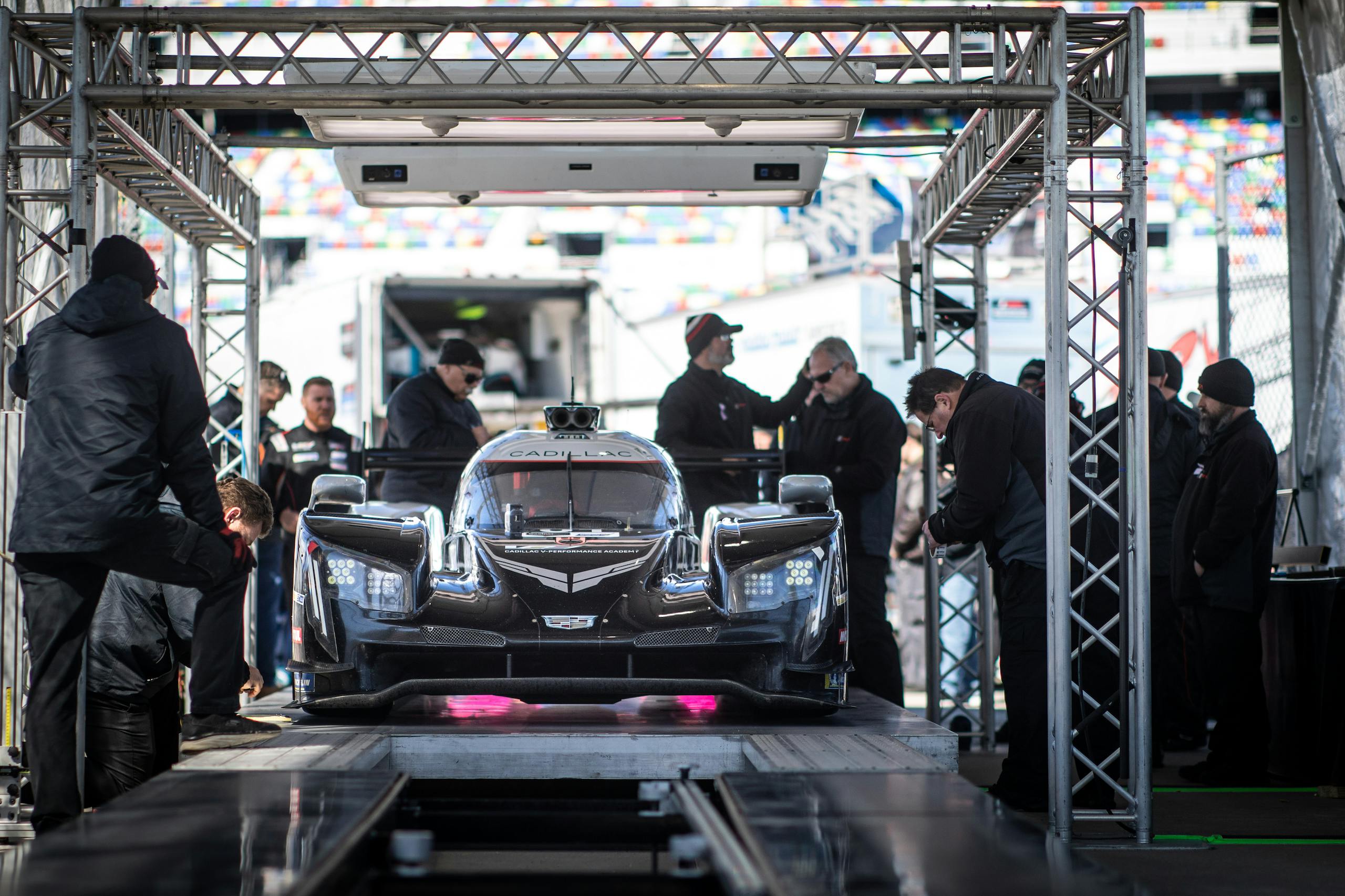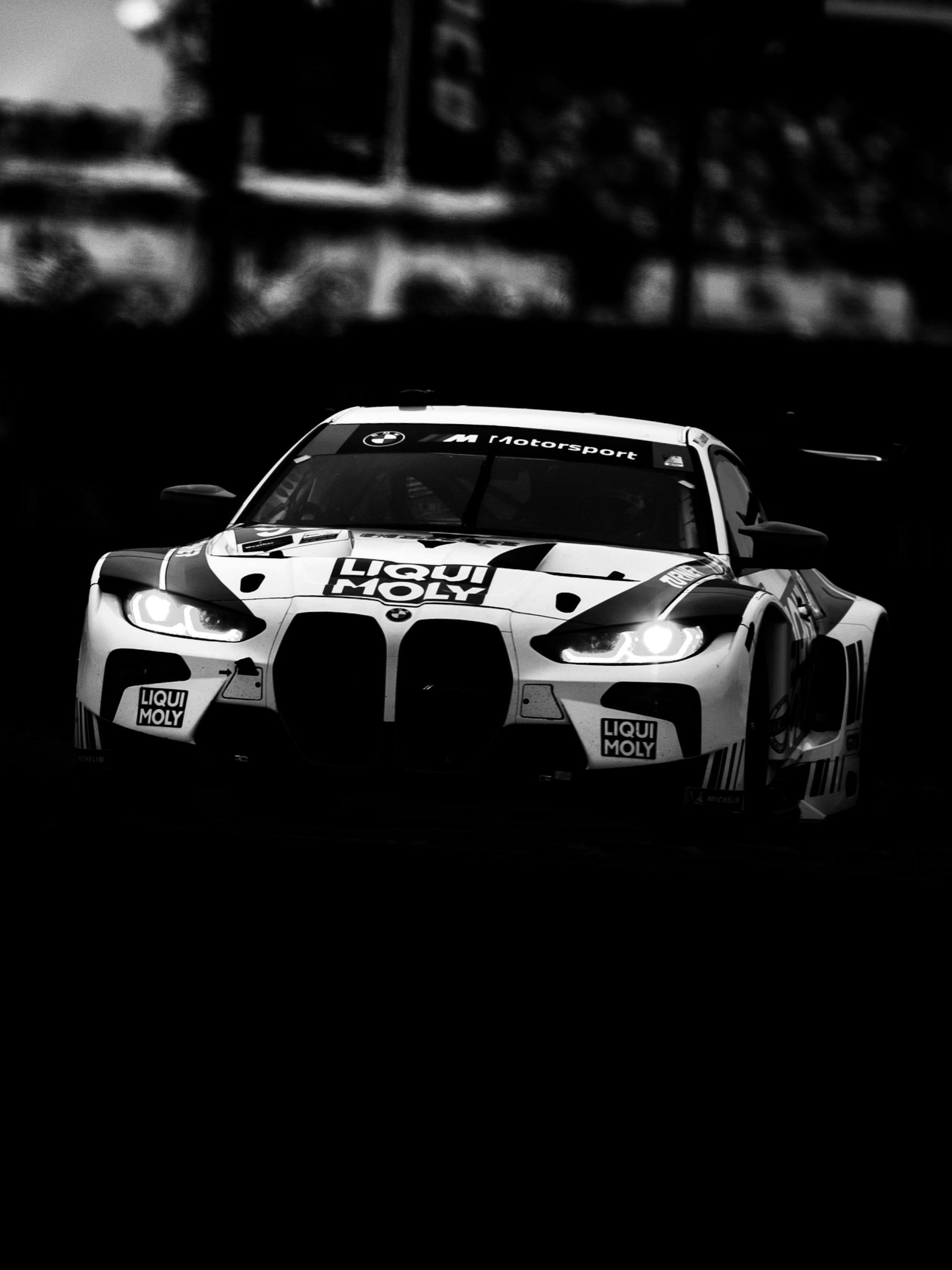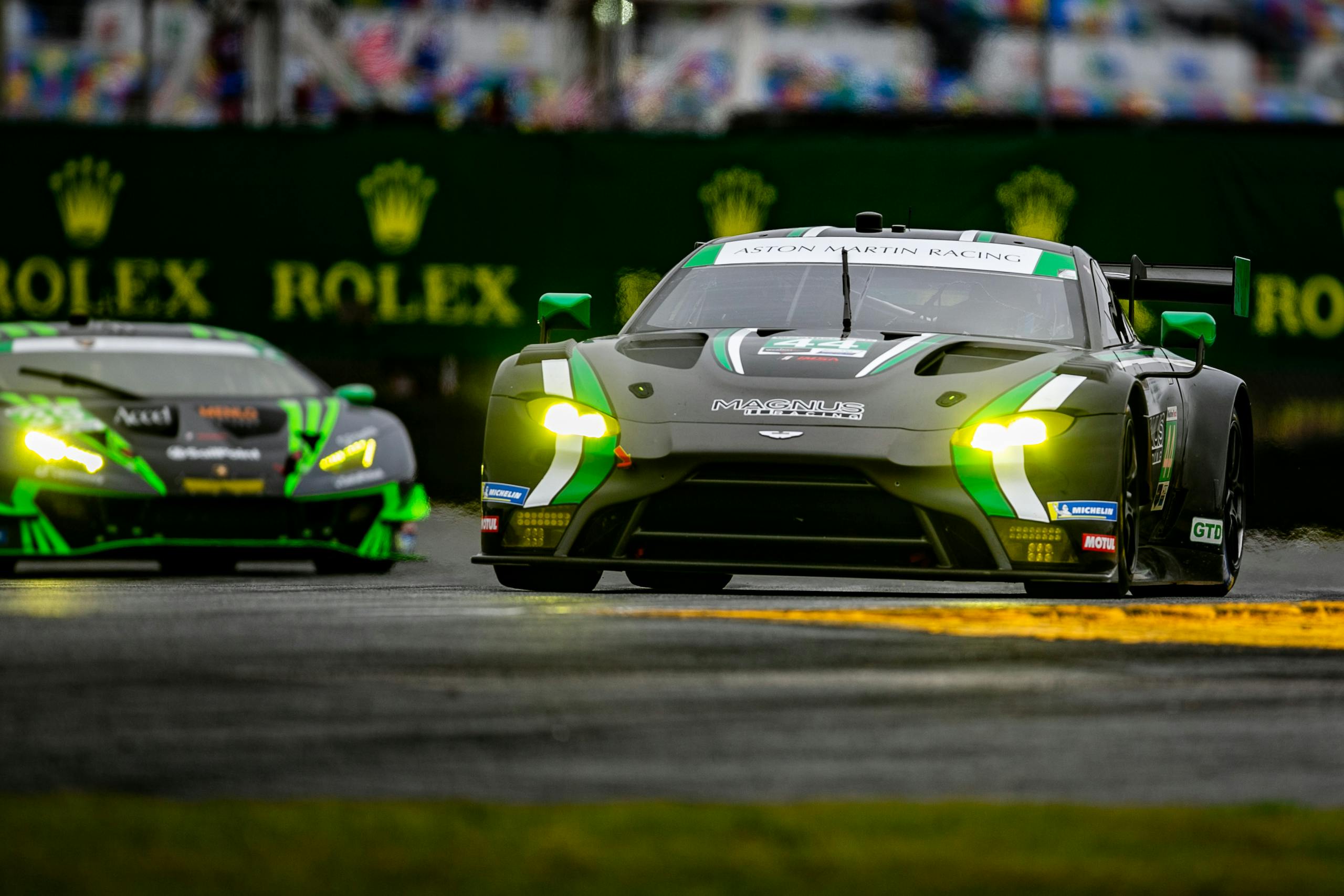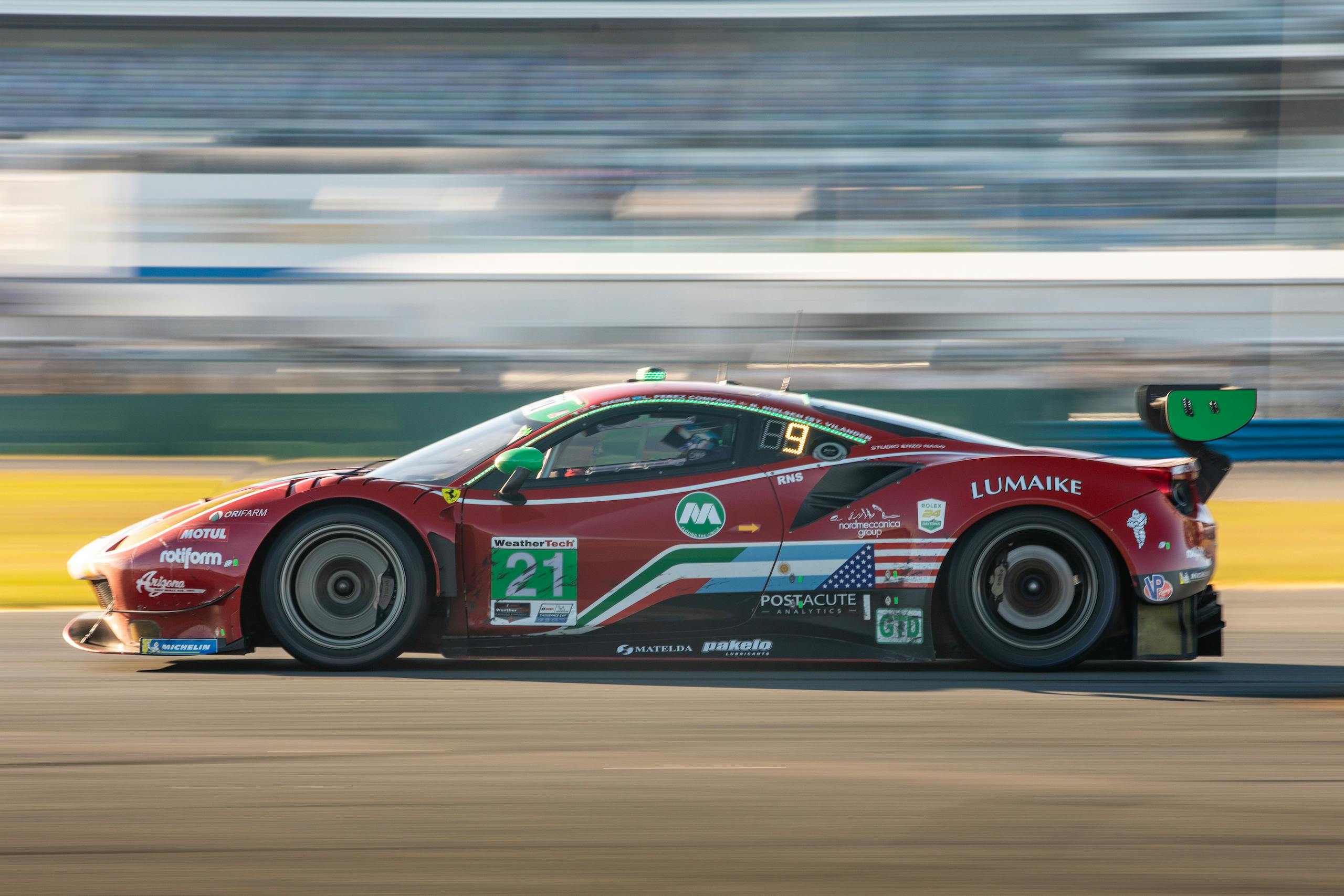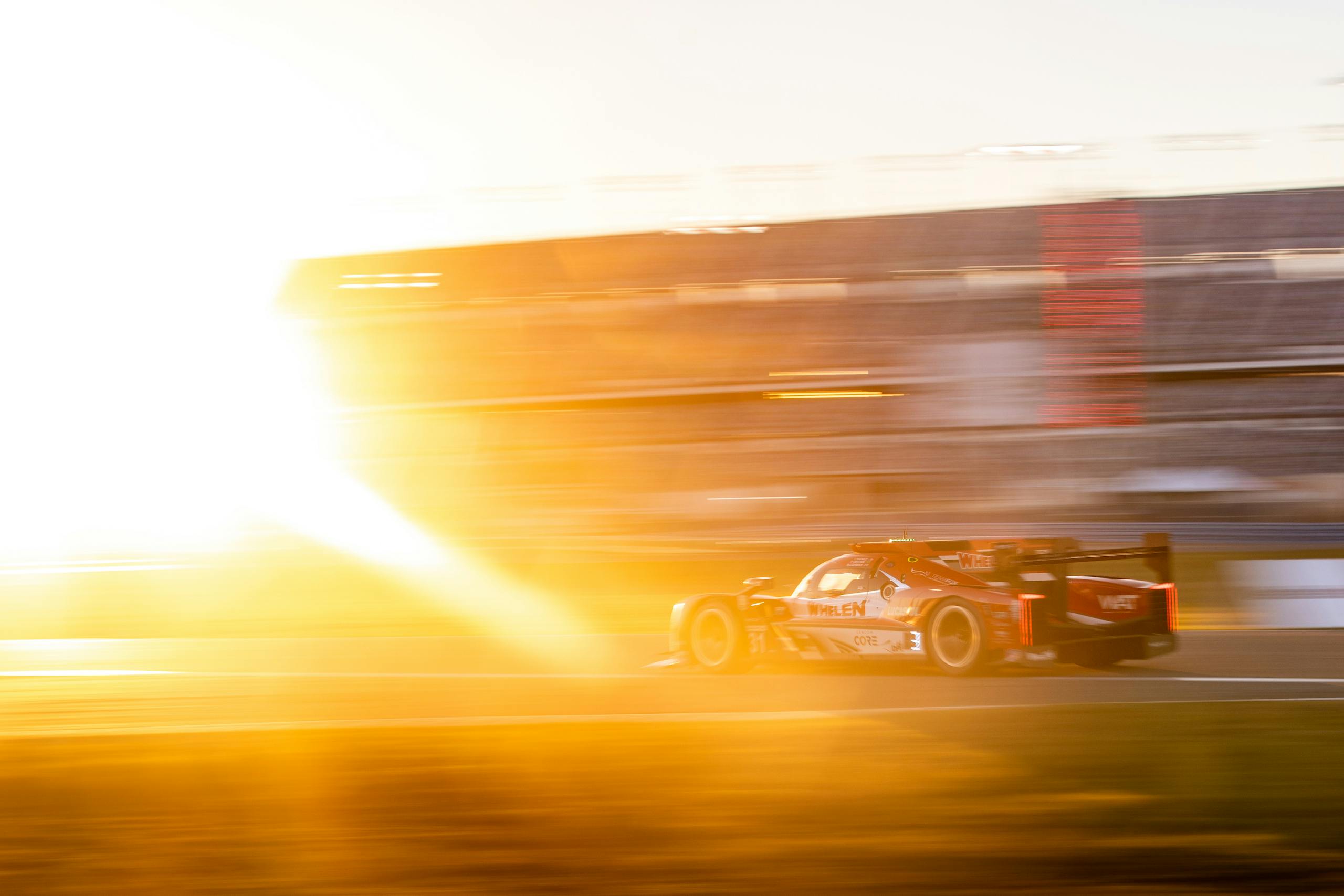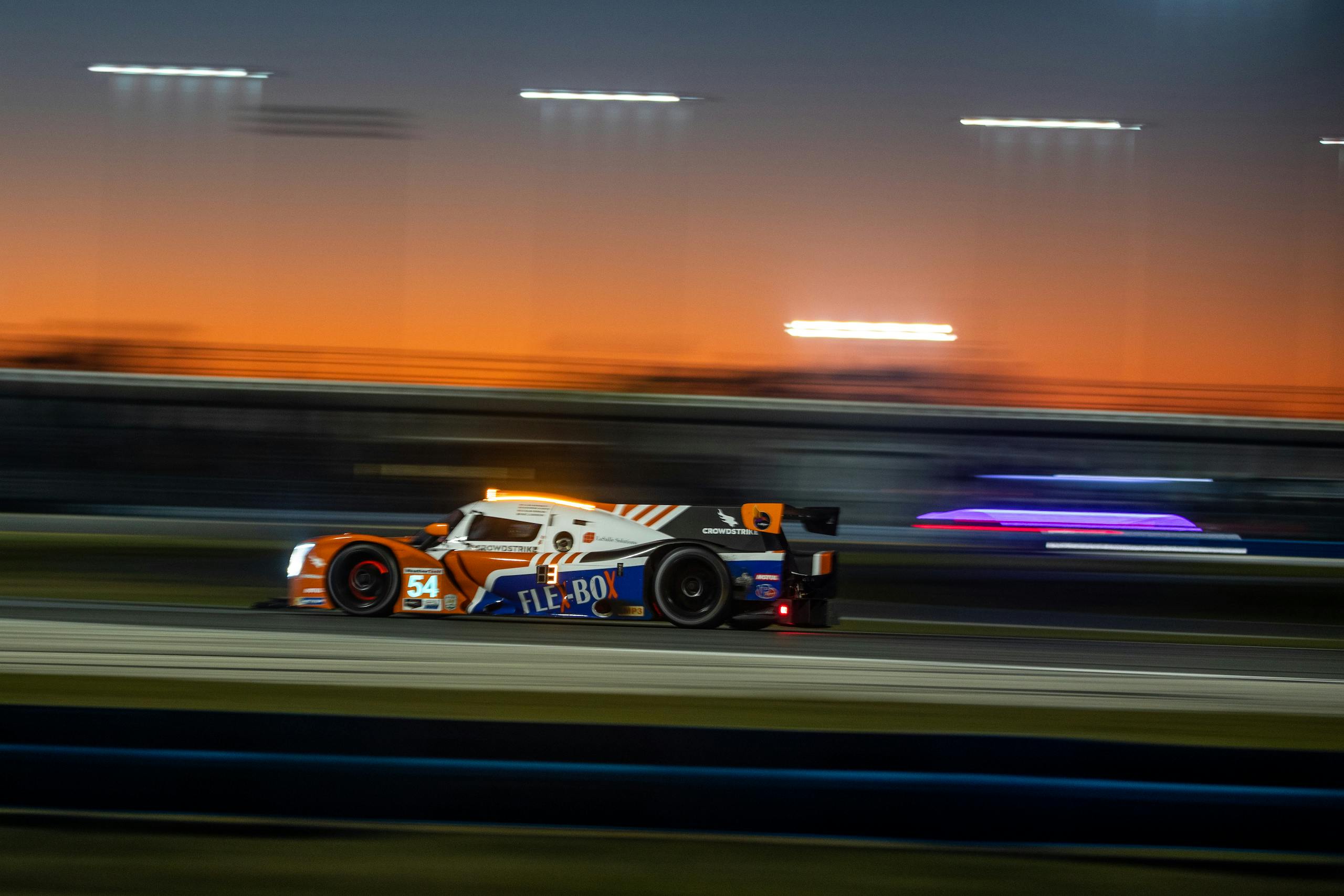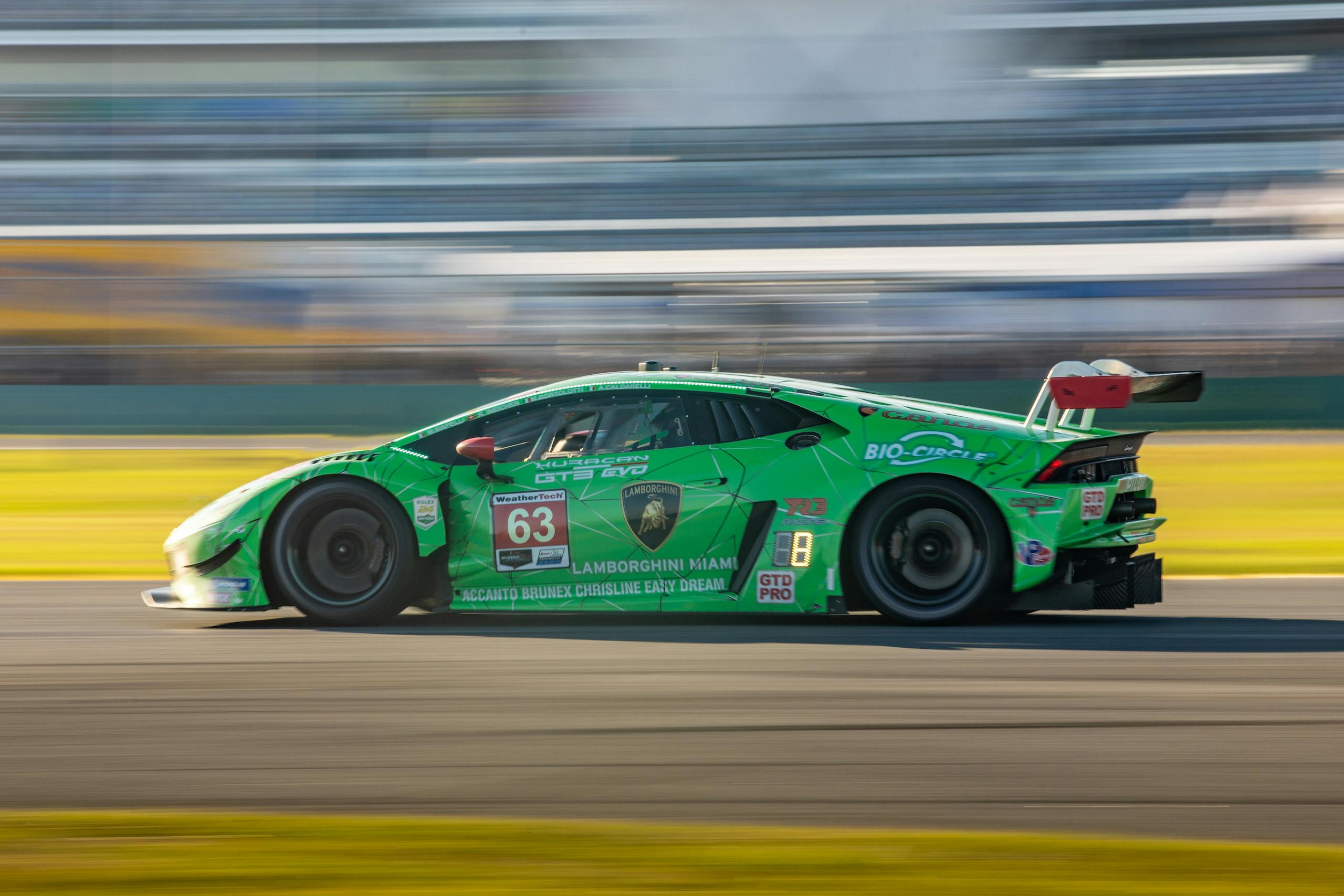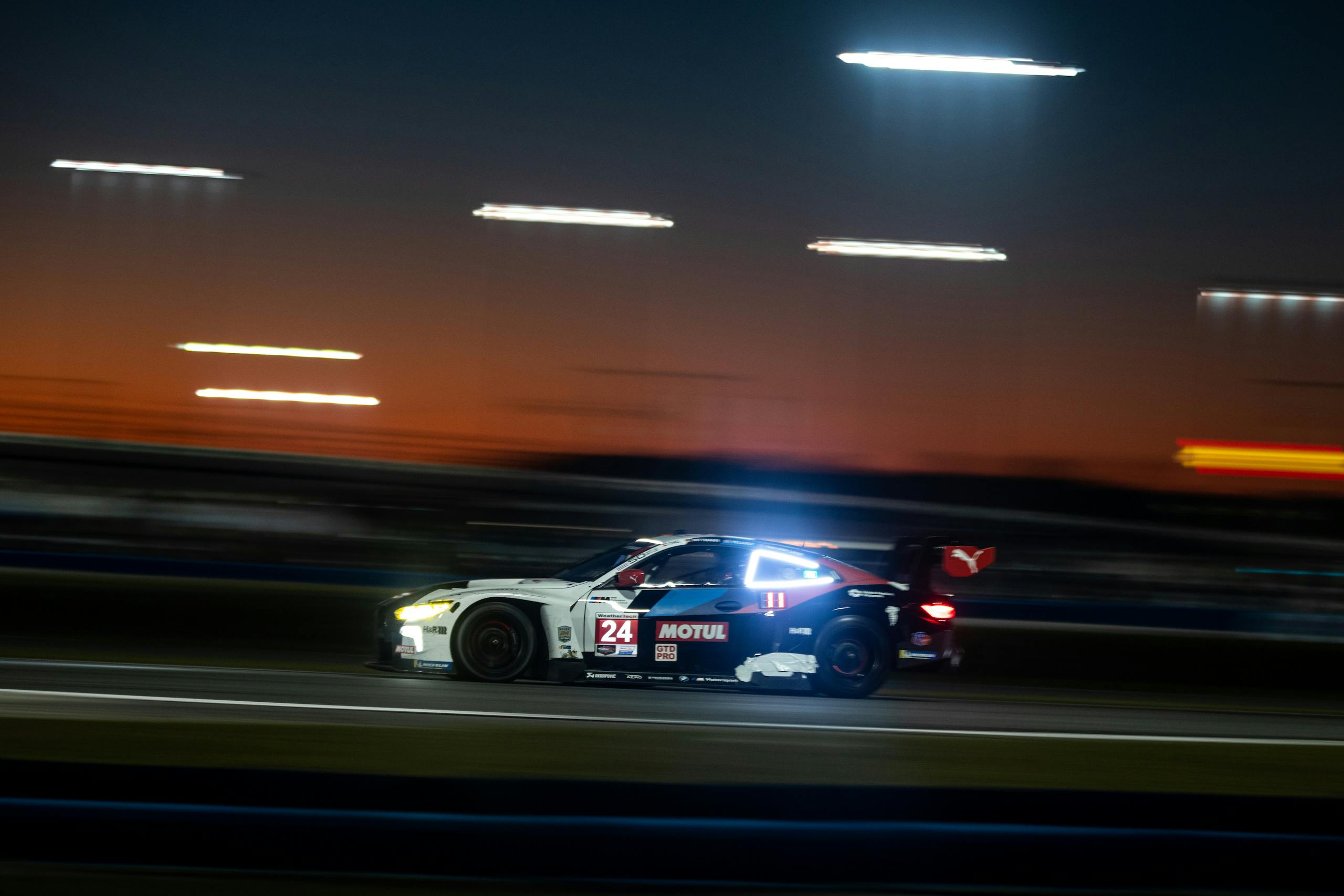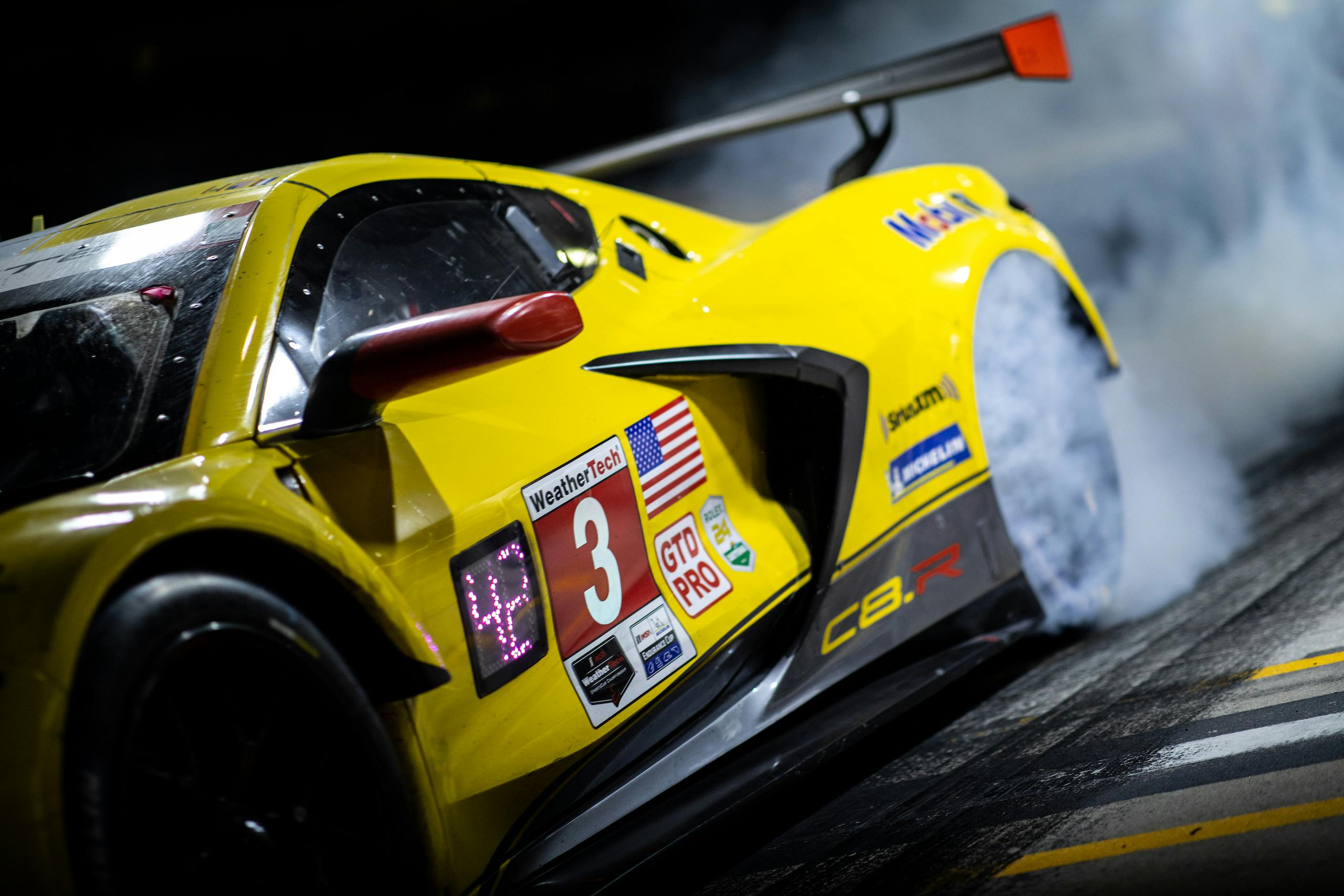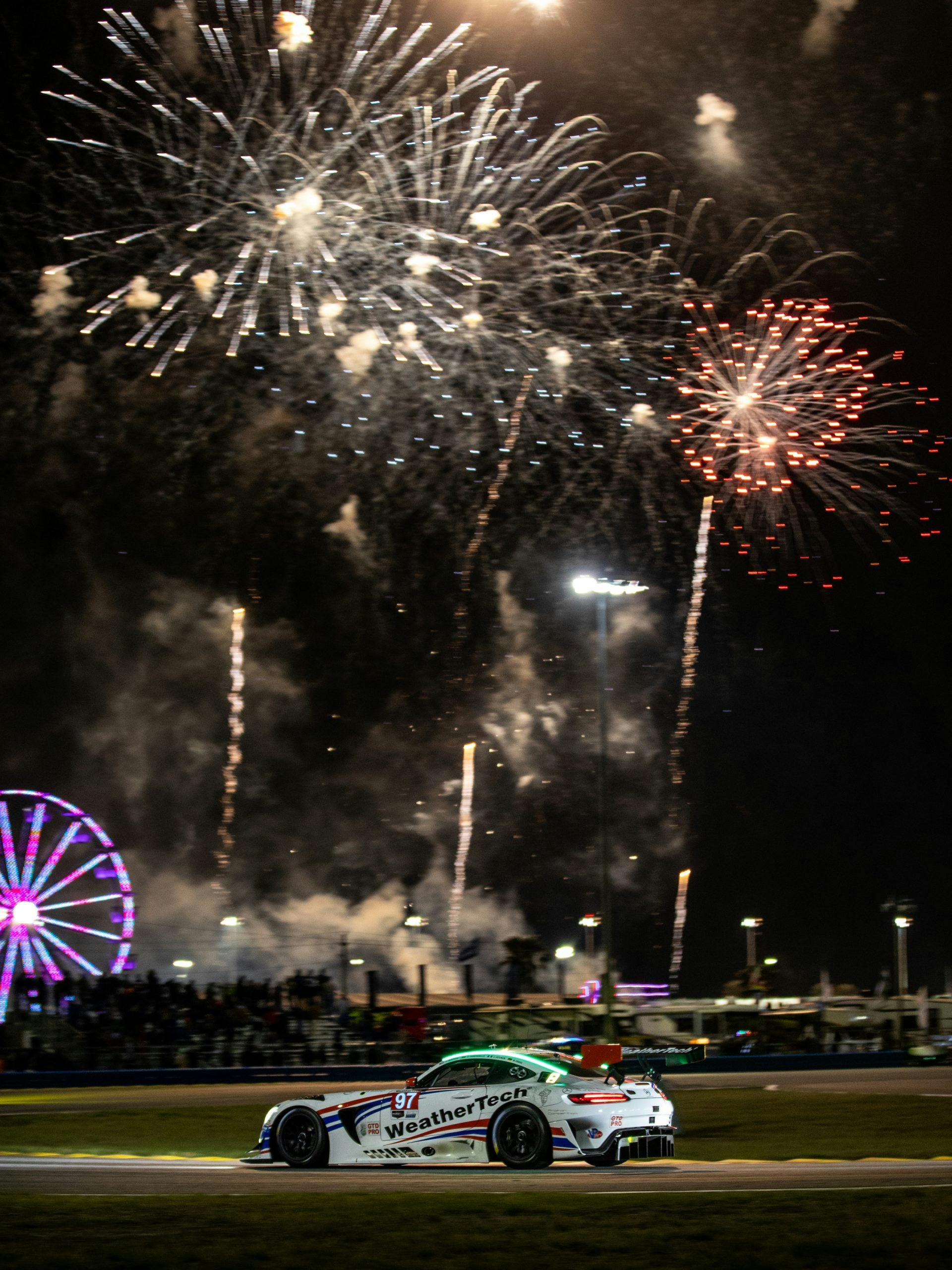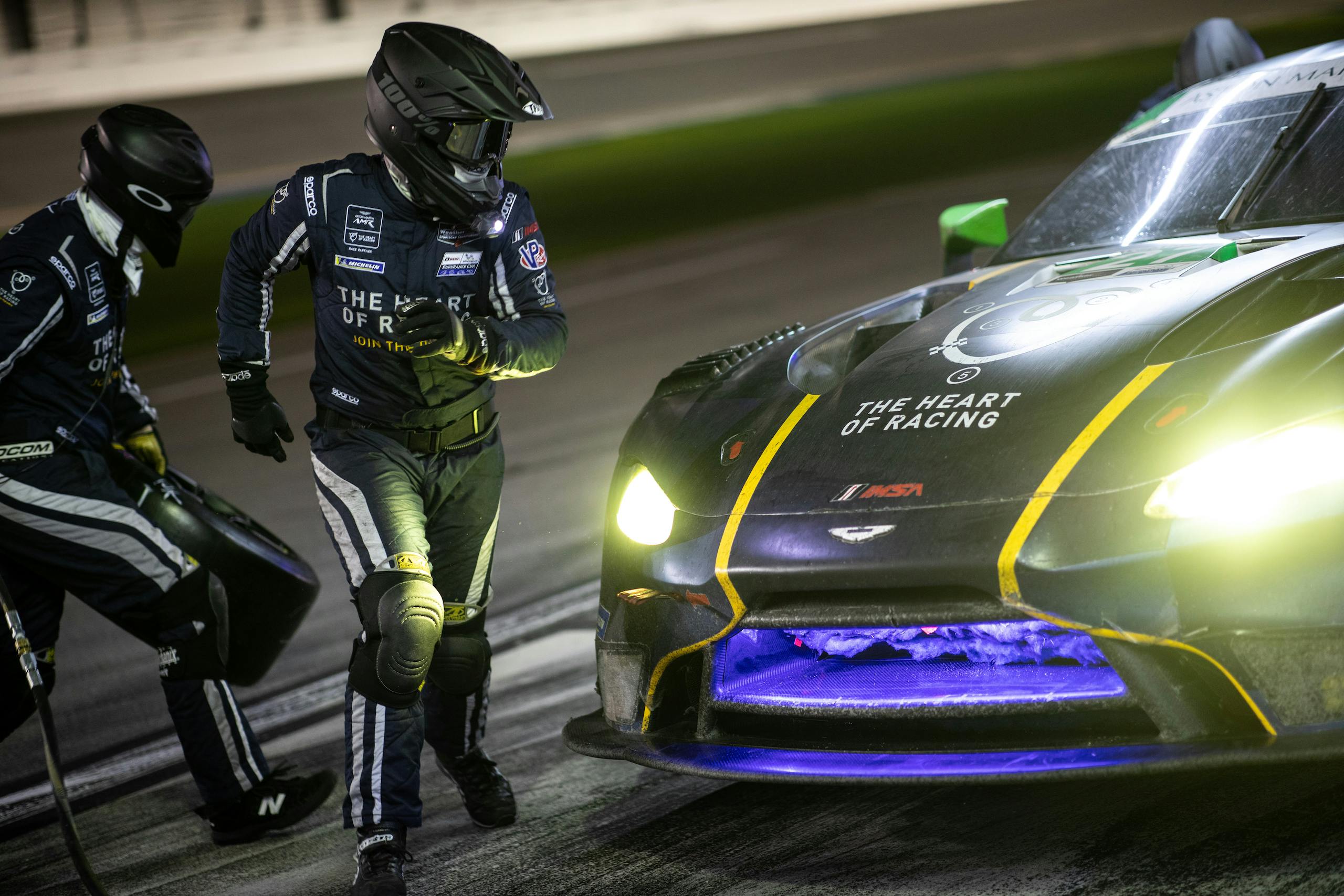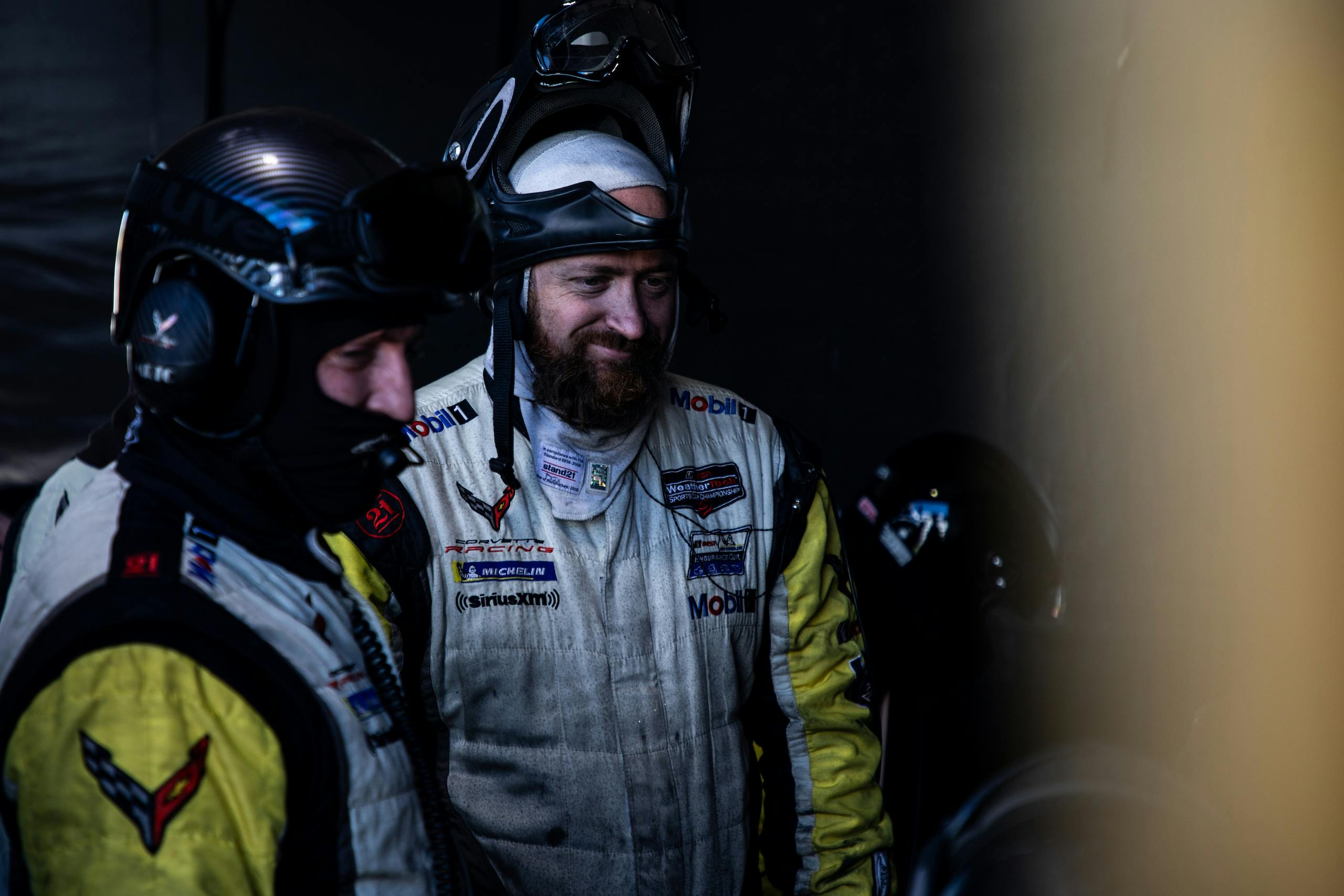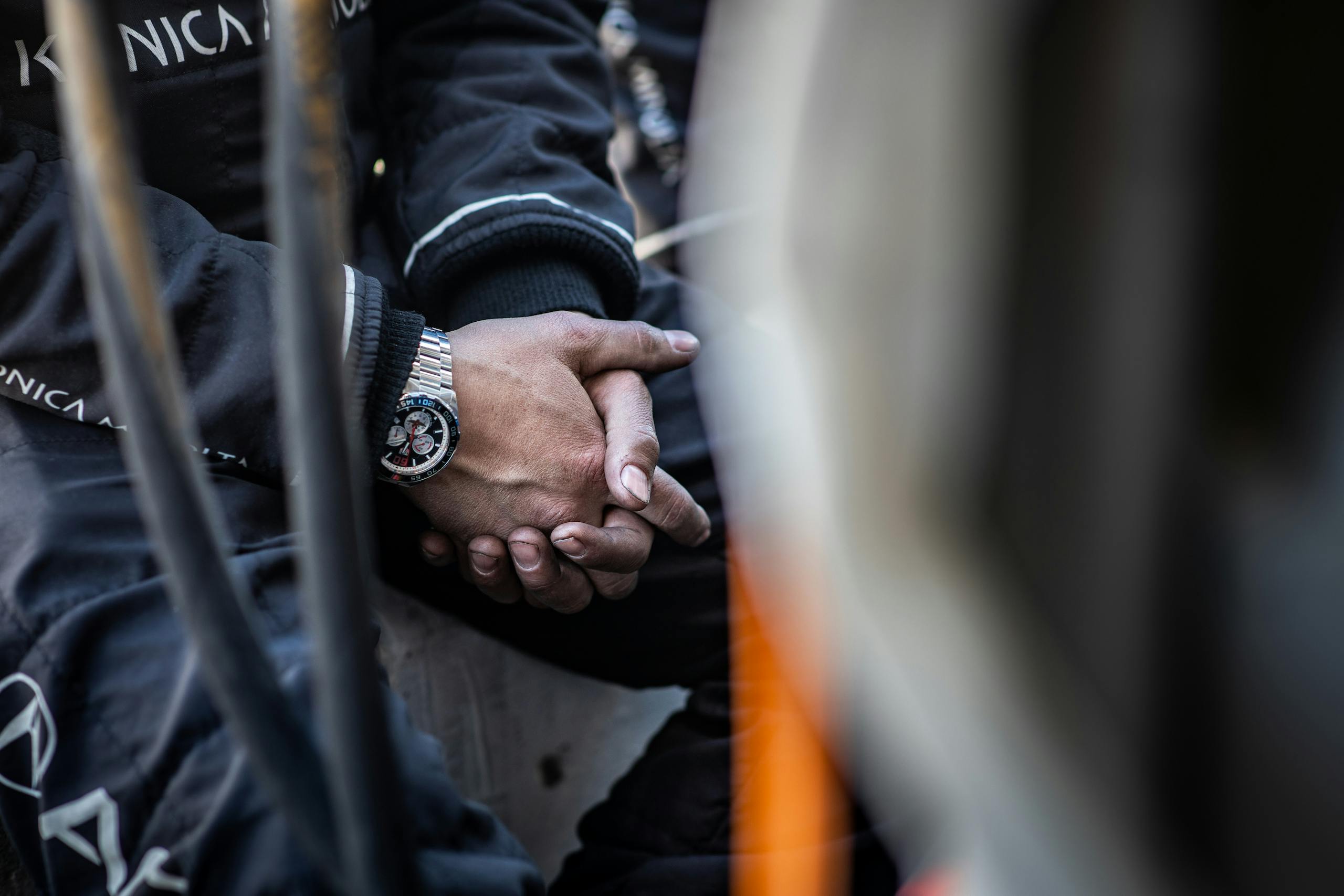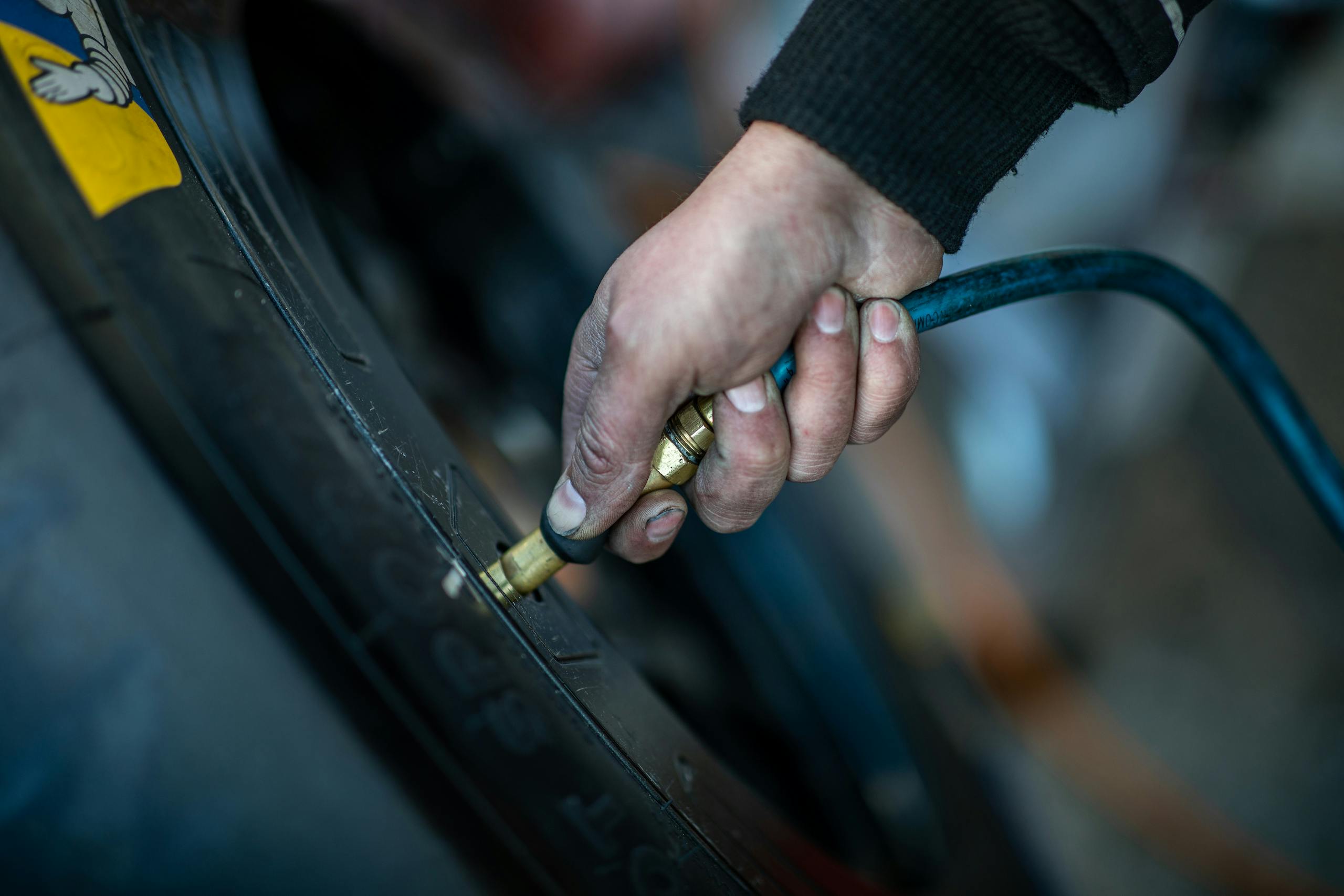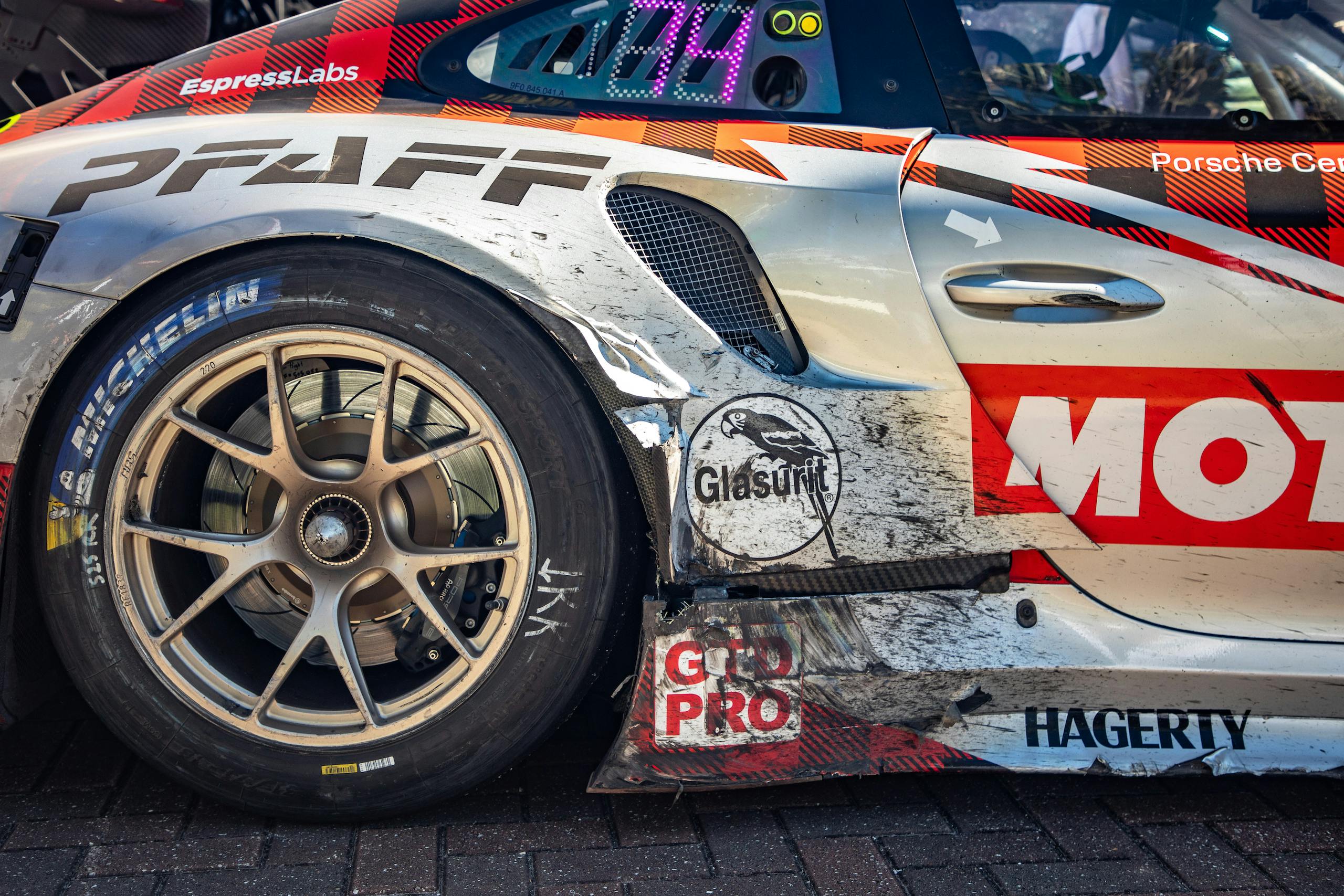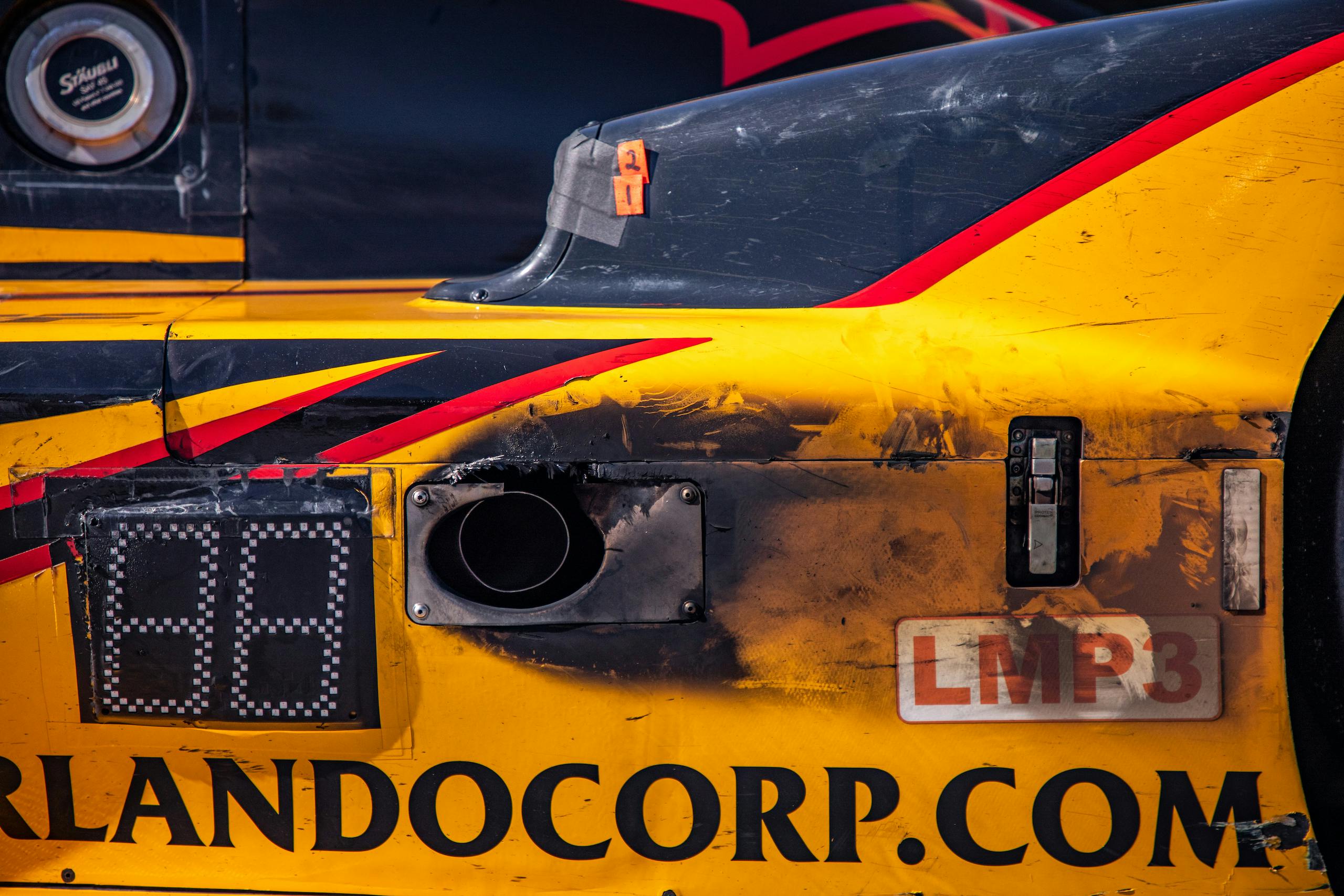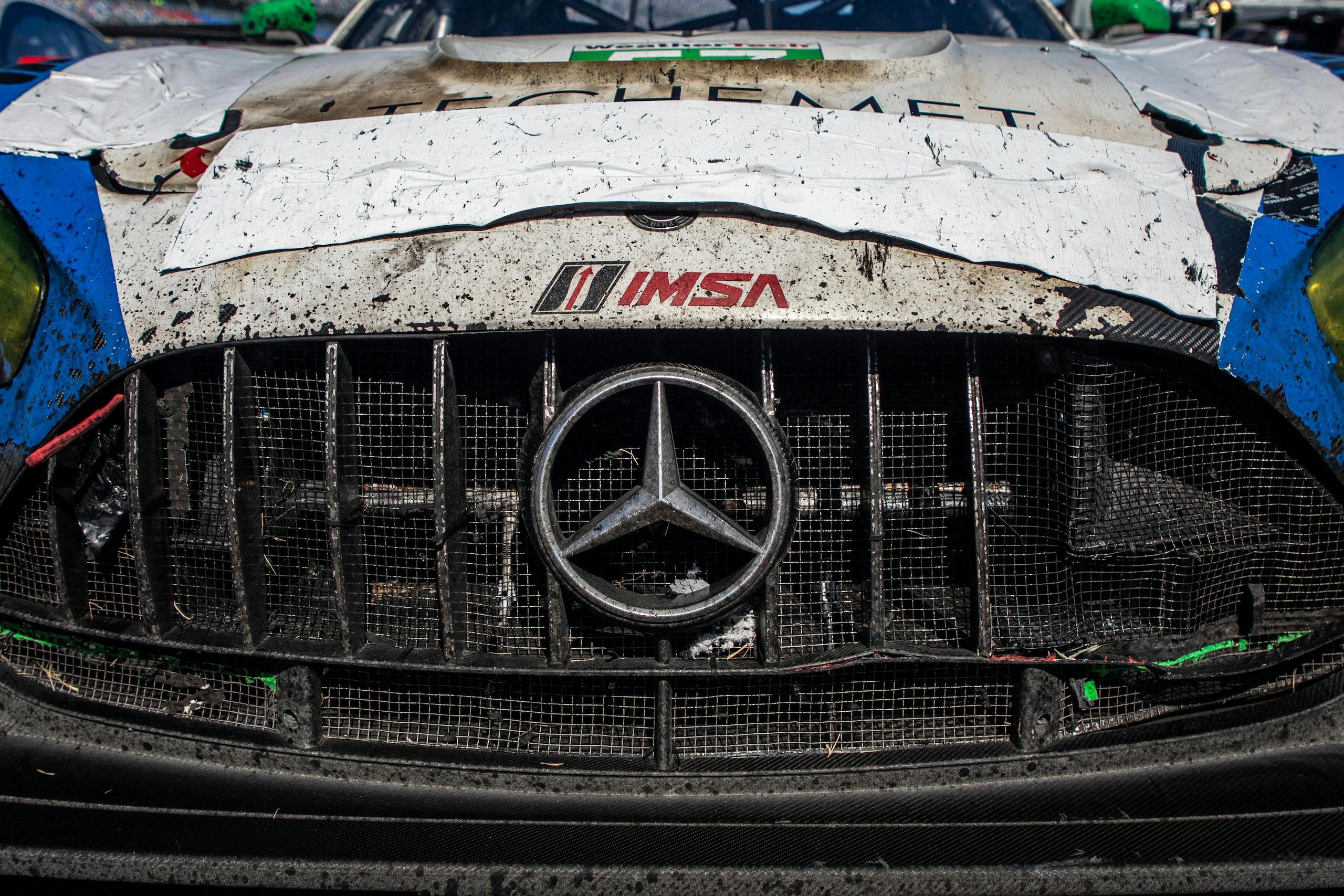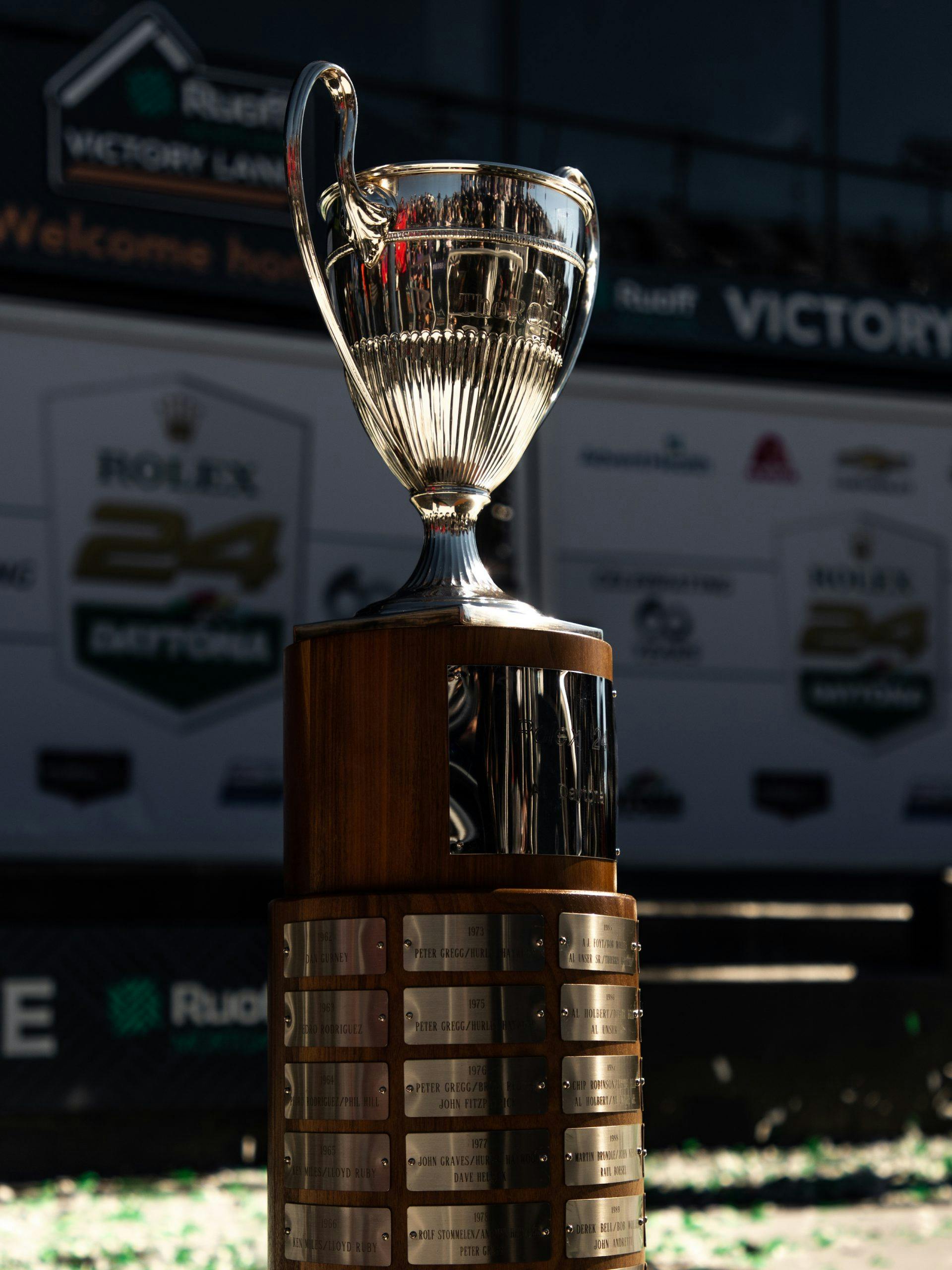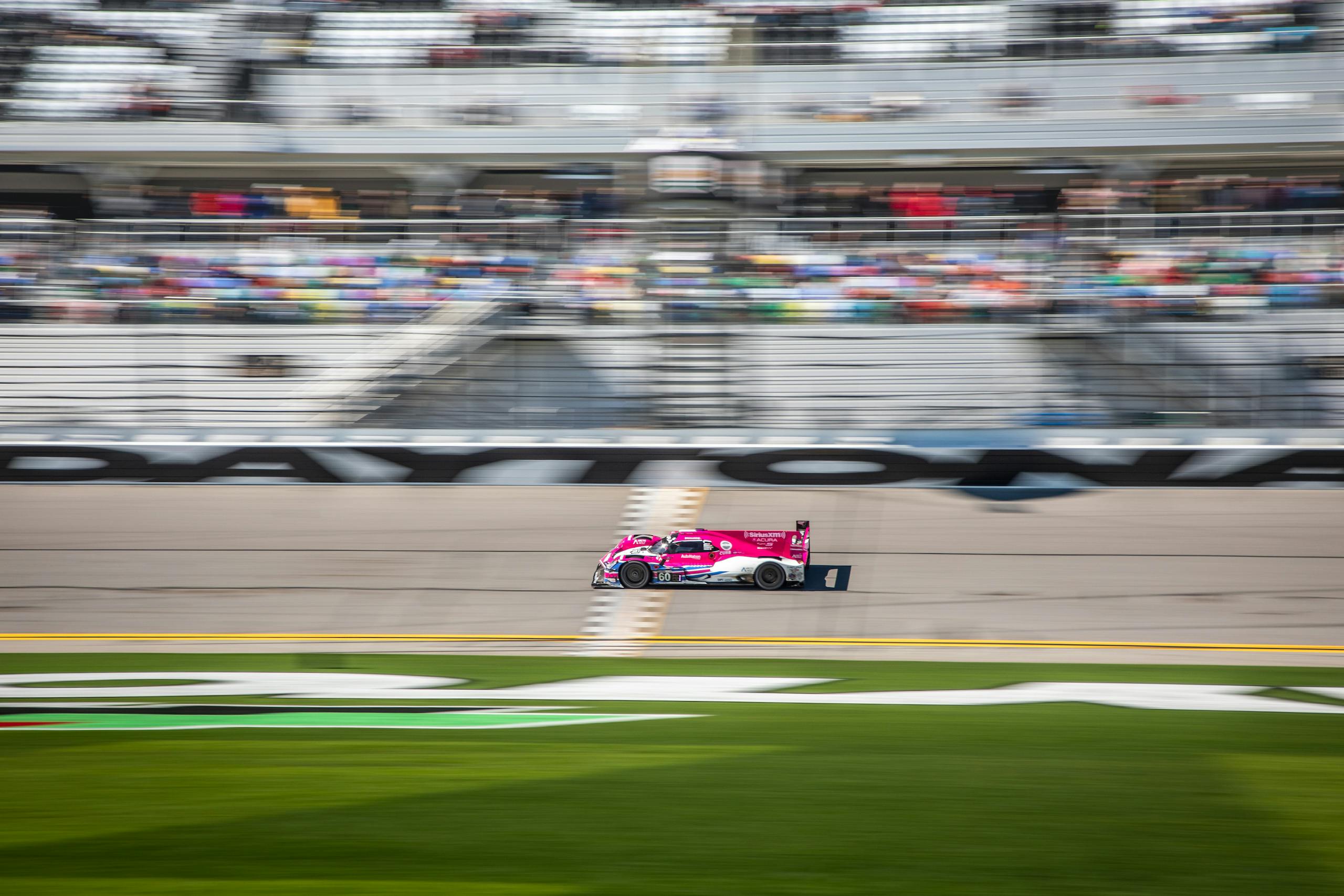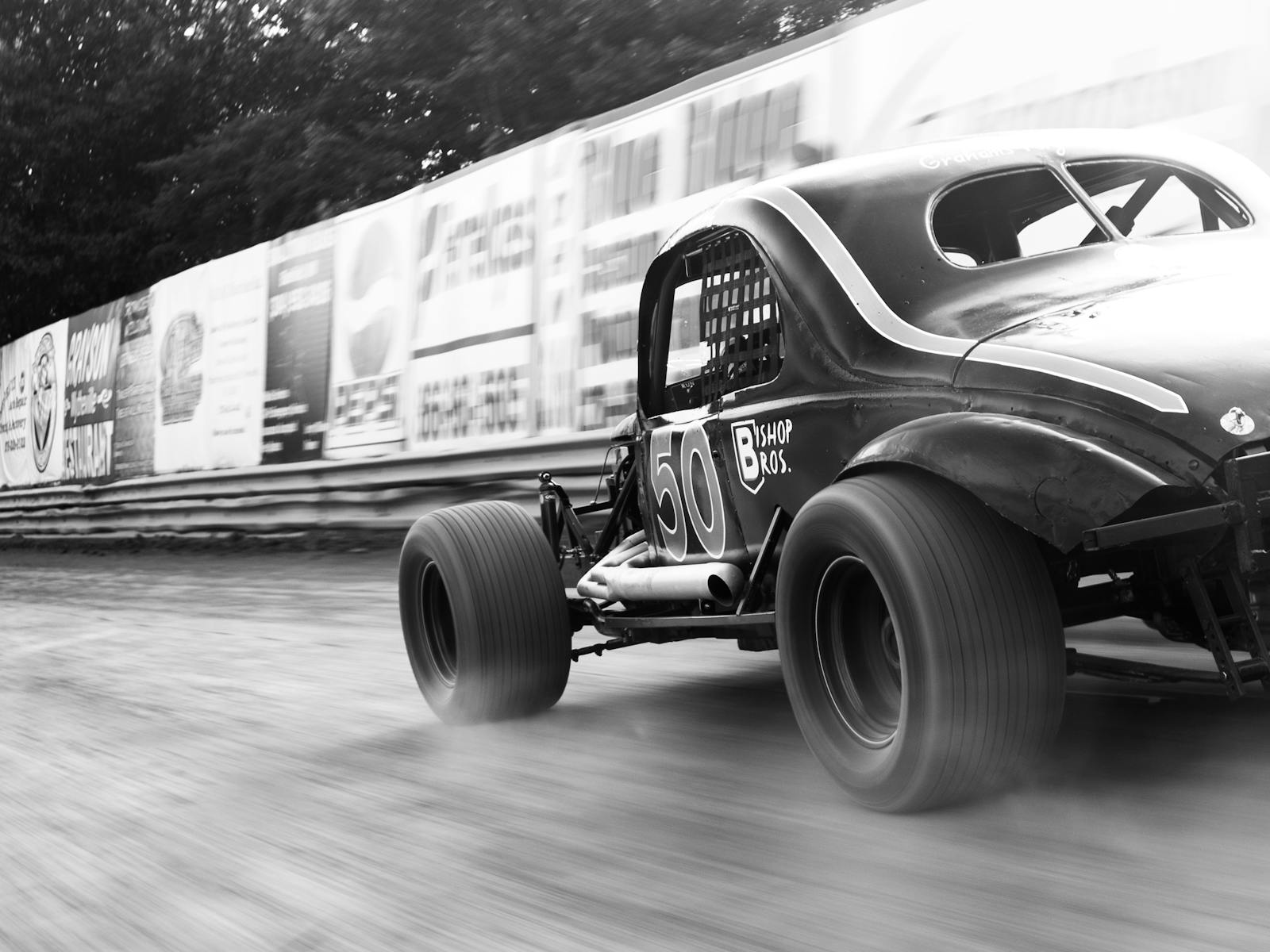Gallery: This year’s Rolex 24 was a battle of clock and thermometer
“Slow and steady wins the race.”
Or does it? In modern endurance sports car racing, this old adage is pretty much bunk. The hare leaves the tortoise in the dust.
Last weekend’s running of the 60th Rolex 24 Hour at Daytona, was a prime example of how these long-distance contests have evolved into the world’s most drawn-out sprint races. Gone are the days of attrition and overnight perseverance; in its place are mid-race lap records, multiple race leaders, and epic last-lap battles for the win.
On Saturday afternoon, a full field of 61 cars, divided into five separate IMSA road-racing classes, roared under a fluttering green flag. Headlining the pack were a group of seven Daytona Prototype cars, thrust around Daytona’s 14-turn, 3.61-mile course by Acura and Cadillac powerplants. From the onset, it became clear that pace among all classes would be breakneck. Amongst the prototypes, Daytona’s lap-record was eclipsed several times throughout the first six hours of competition. Teams, typically comprised of four co-drivers, swapped their wheelmen and wheelwomen, on average, every hour.
As the sun dipped by the first-turn grandstands, drivers struggled to keep the sun out of their eyes. Despite the sun and dry conditions, drivers and teams also fought to stay warm, given the uncharacteristically low Florida temperatures at this year’s running. The temps, which at one point dipped below freezing, kept teams scrambling to keep heat in their tires. Unlike Formula 1, IMSA does not use tire warmers, so instead, drivers were forced to skate around for the first few laps with fresh rubber, like Bambi on ice.
“Cold temperatures took away what little confidence I had built in the past year,” said pro road racing new-comer Jimmie Johnson. “I even turned off all the fans in the cockpit. When you’re turning off fans, that’s a sign of how cold it is.”
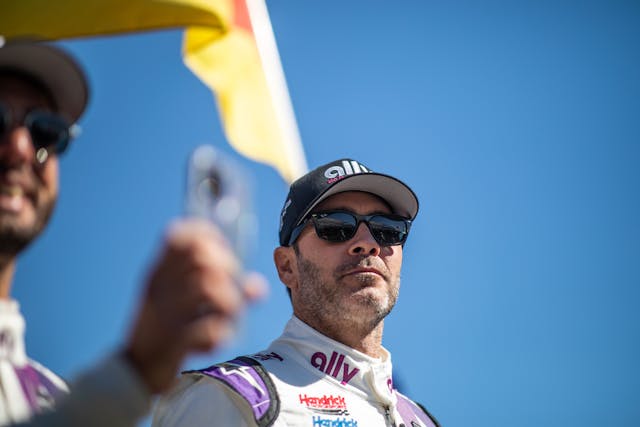
While research and development have prepped all contestants to be less susceptible to mechanical failures, at least compared to Rolex 24s of yore, there were still exceptions this year. Wiring issues arose for multiple teams, including one of Corvette Racing’s entries, which spent 13 laps throughout the night nailing down electrical gremlins.
Teams that weren’t hunting for problems were hunting for some shut-eye amid the bustle of whirring air guns, shouting teams, and revving sports cars. Crew members found sanctuary in camping chairs, under piles of blankets, and pit road resembled nap time at nursery. Team strategists remained locked on their team’s telemetry, wide-eyed, likely connected to a slow-drip of black coffee.
Still, by the time the sun had come back around and peered above the backstretch at 7:14 a.m., all five divisions were locked in epic battles for class superiority. Nearly three-quarters of the way into the race and cars were still jockeying for position, separated by mere seconds. For the speedier classes, this meant dodging the slower cars like moving chicanes. Imagine trying to navigate rush hour with fewer than a few hours of rest, and instead of 55 mph, you’re averaging 134.
As the giant Rolex chronometer above pit road ticked down to the last few minutes, two duels arose—coincidentally between the prestigious race’s two most popular classes. The GT Pro class, which are the fastest vehicles on the property that resemble production sports cars, produced a last-lap pass for the lead and an epic dust-up in the last corner which sent one car spinning. Pfaff Motorsports was on the winning end of that battle and earned its first-ever Rolex victory.
The Daytona prototype finish came down to a duel between Acuras. When the clock finally struck 24, it was four-time Indianapolis 500 champ Hélio Castroneves out front, capturing his second Rolex victory in a row, after fending-off hard charger and last year’s teammate Ricky Taylor.
Your humble author was there to witness it all, having stayed up with the cars all night, camera in hand. You can scroll through the gallery of my favorite shots, below. Feel free to take your time. Slow and steady, even, if you like. The race is over.

